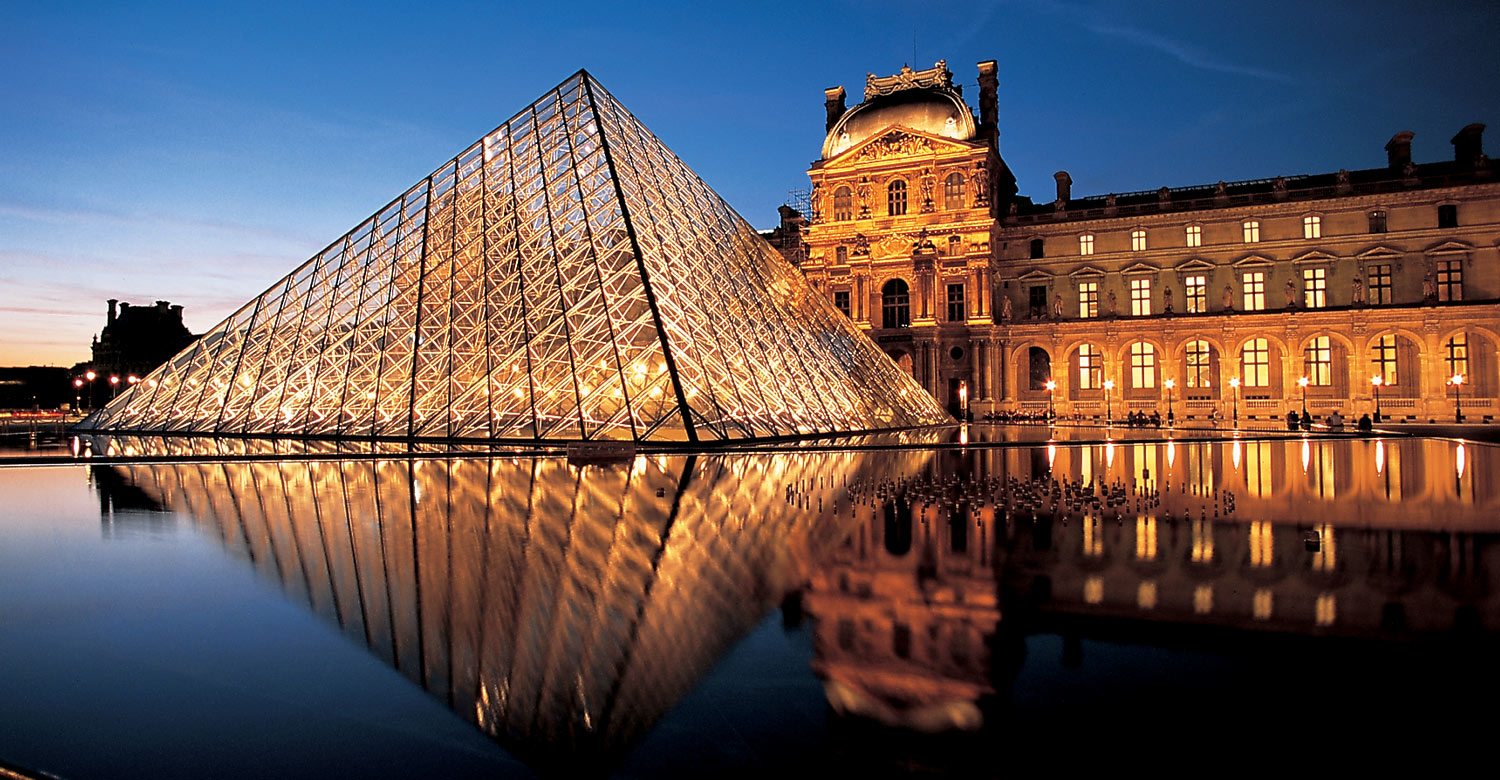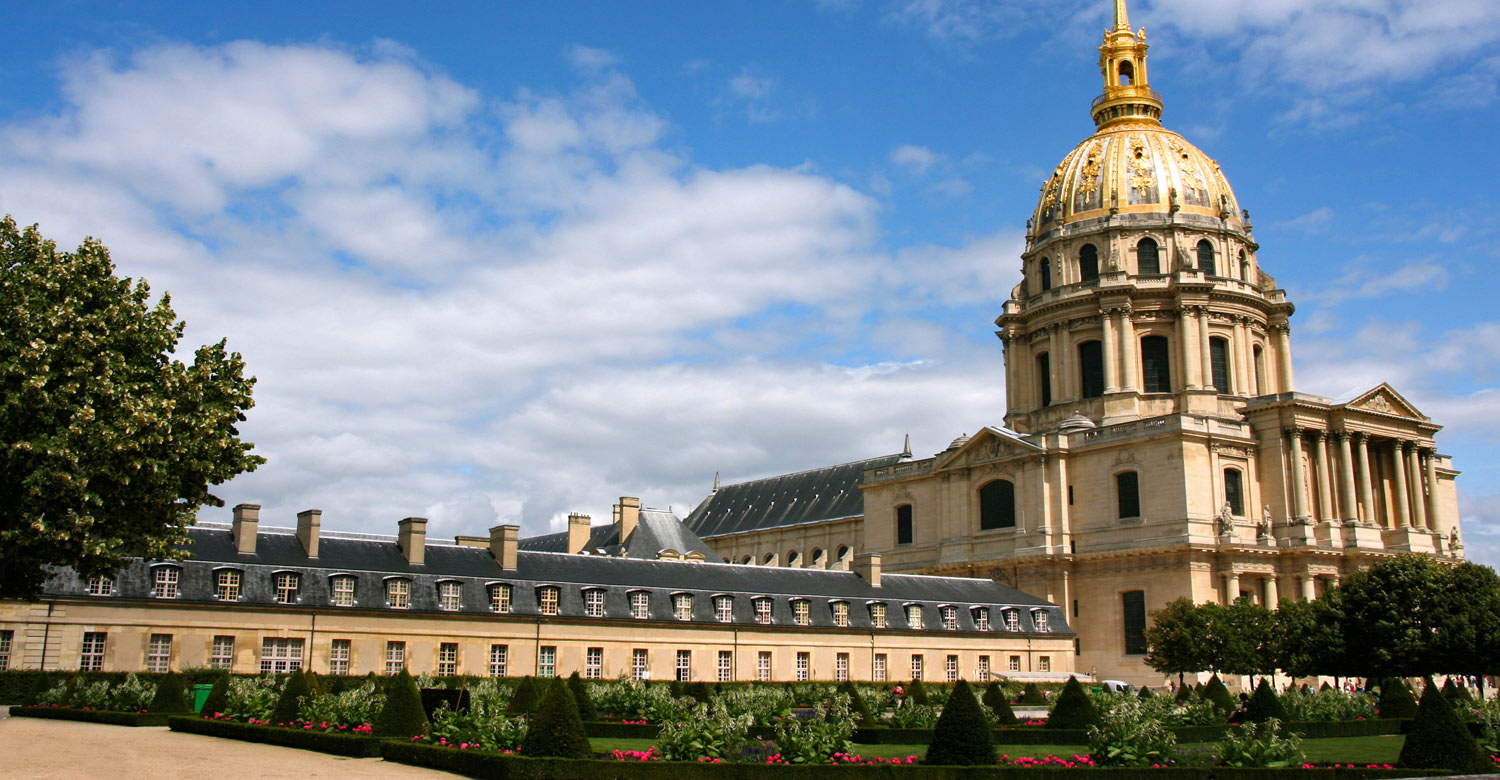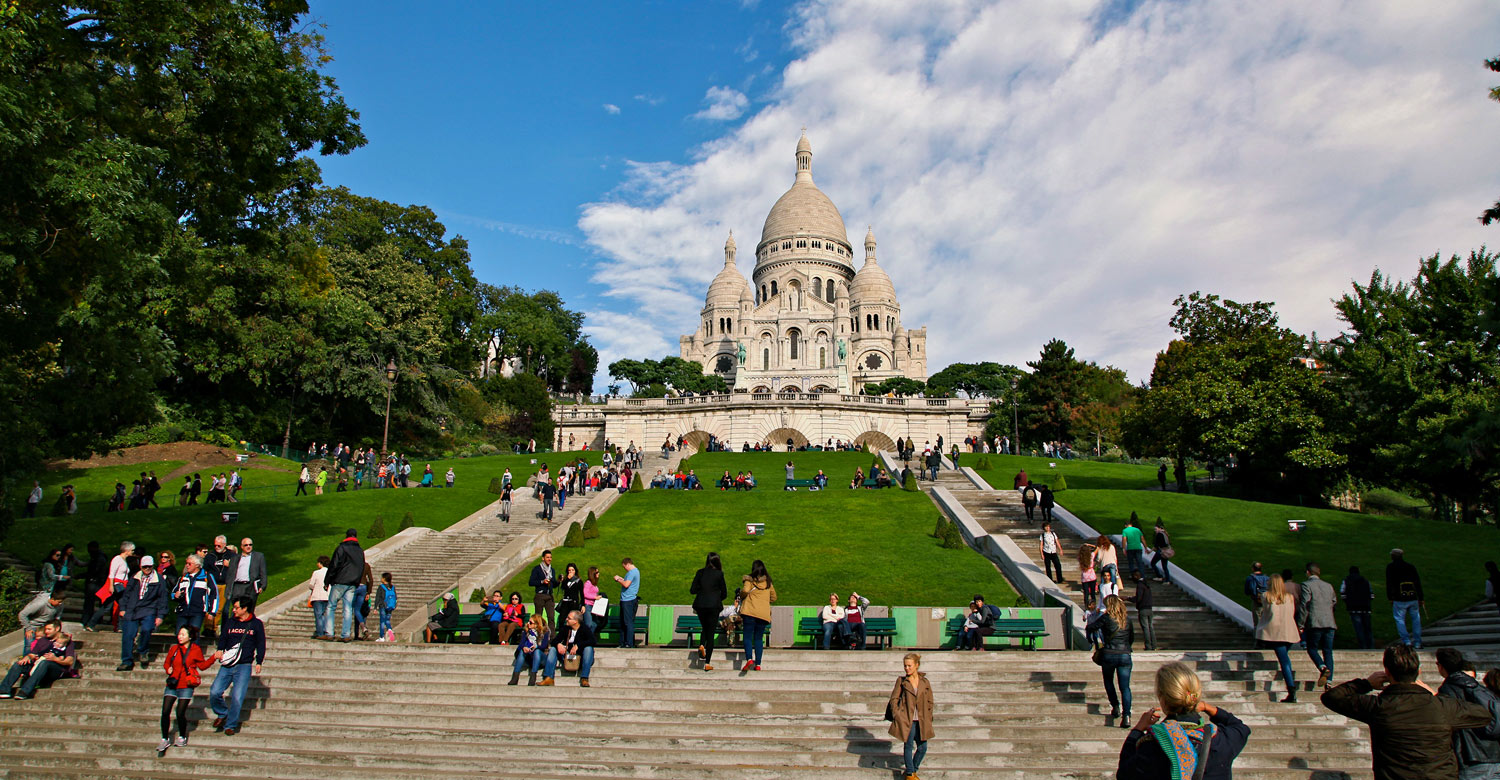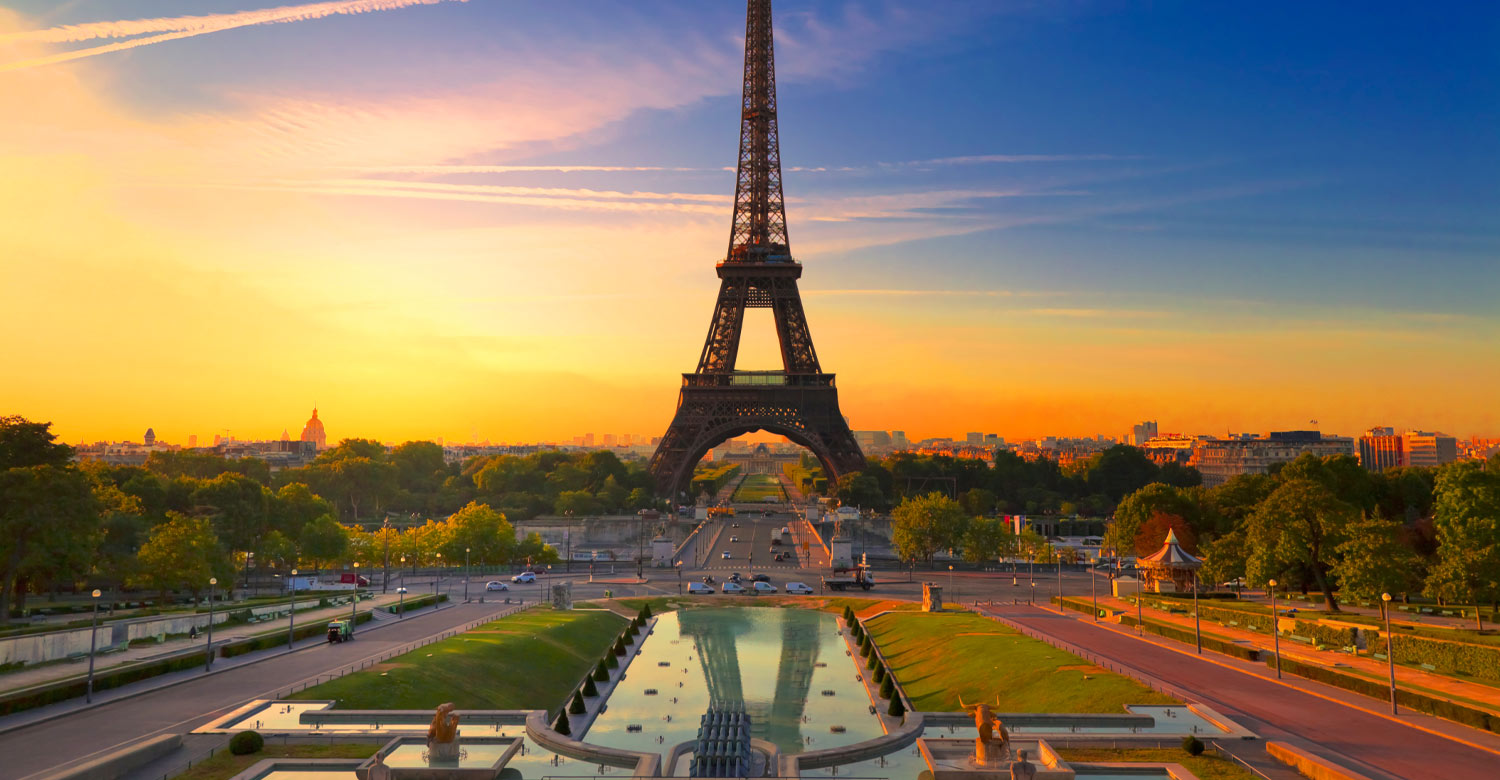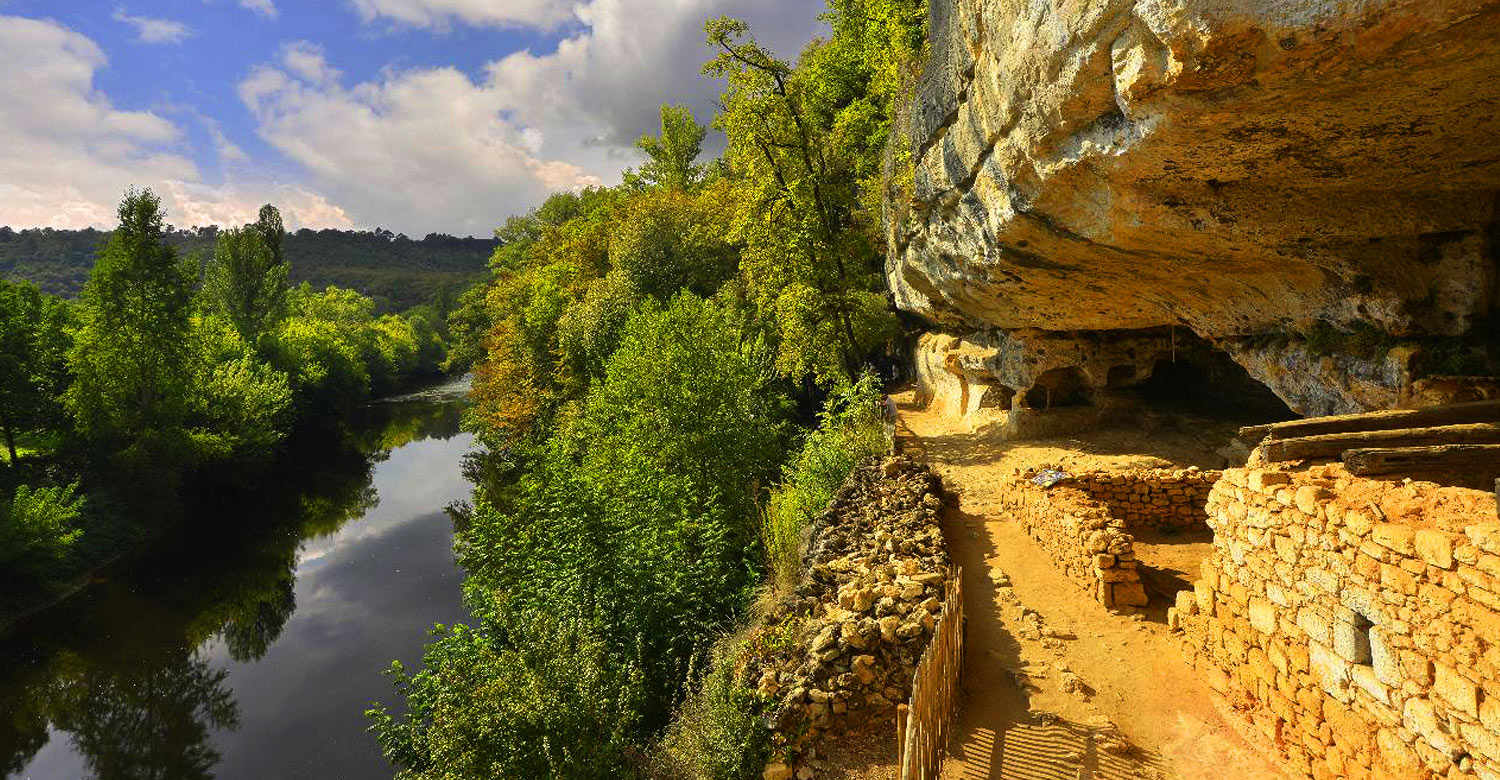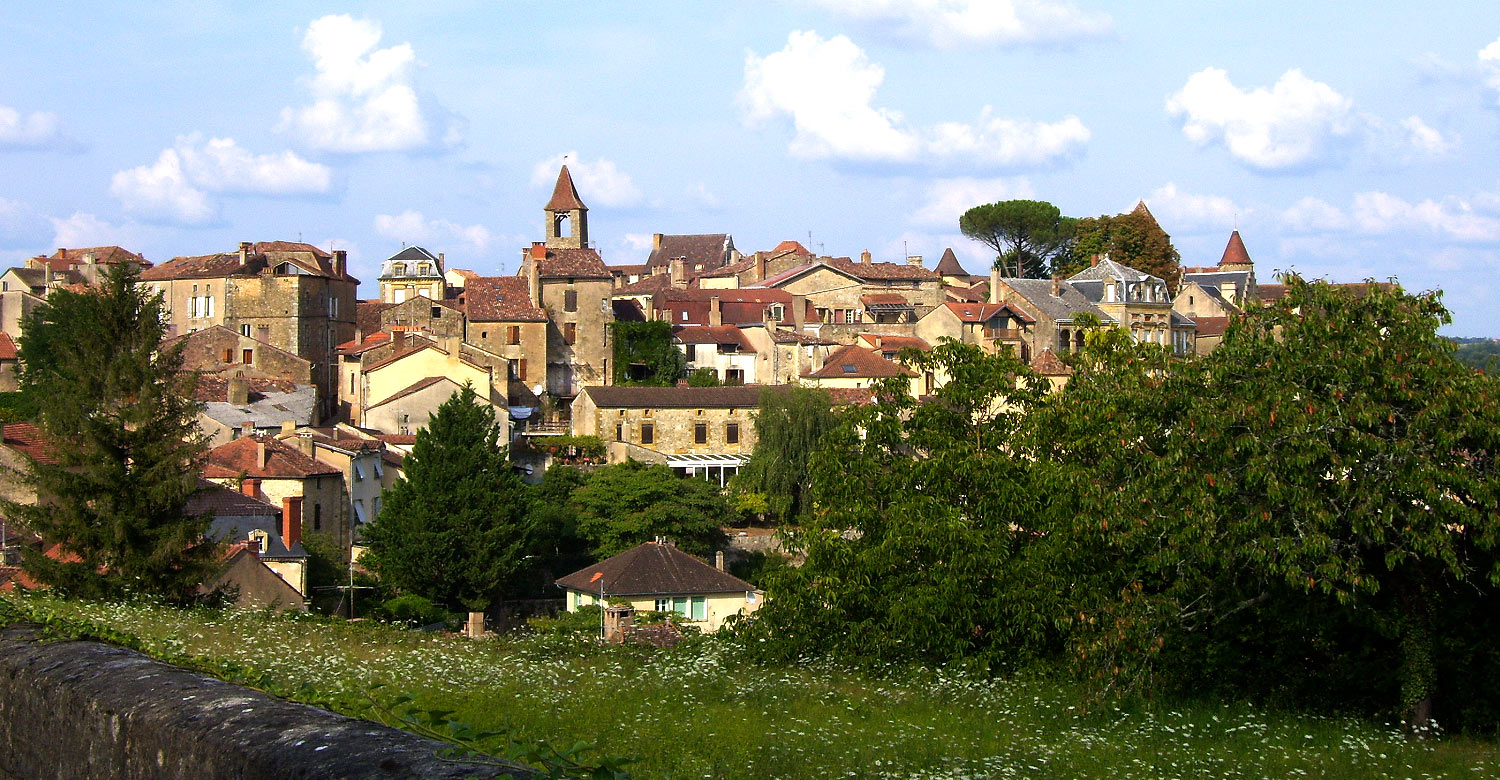12 Best Wine Regions of France to Visit
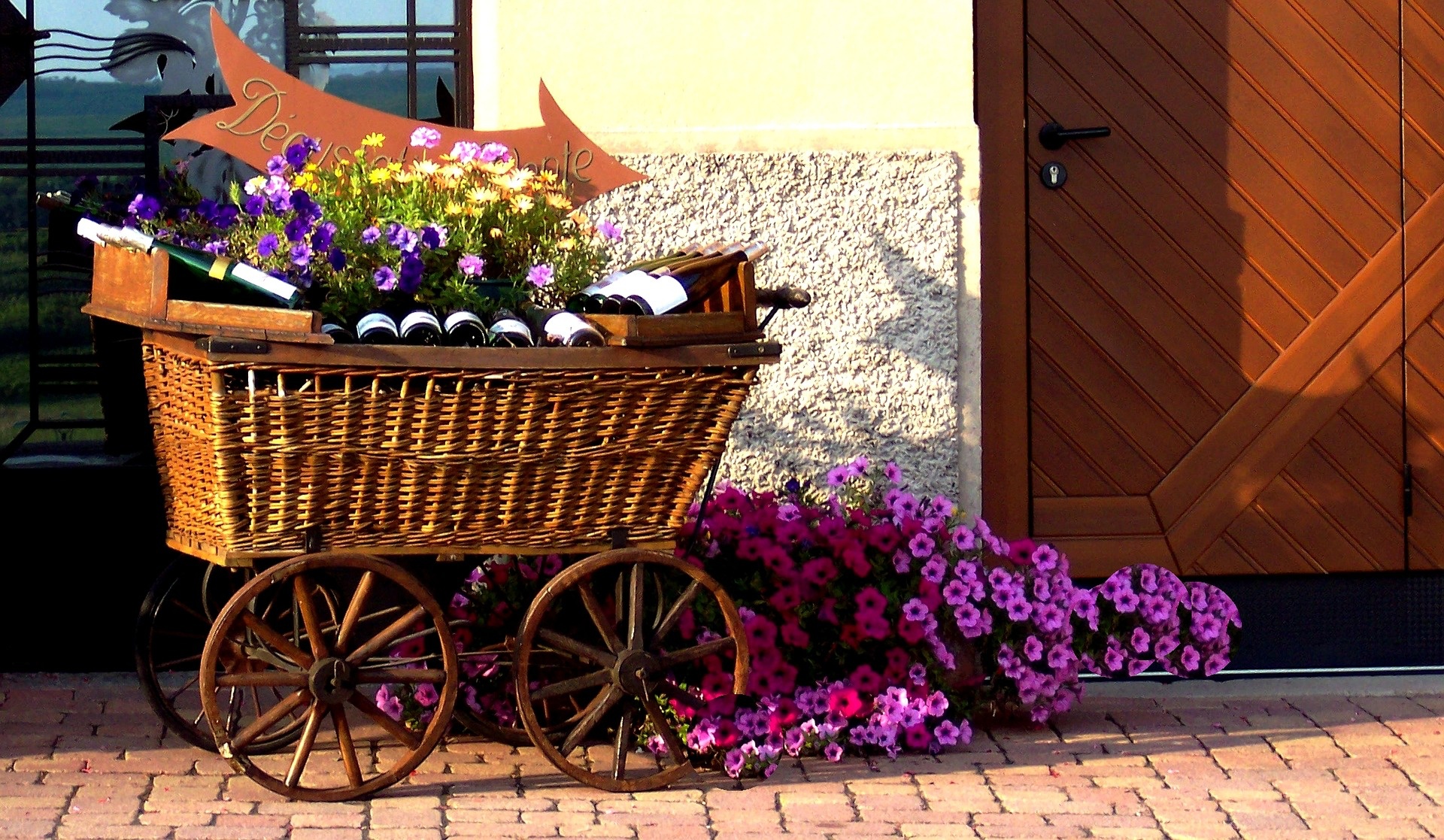
Posted by on 27 May 2022
France is known for its remarkable art, breathtaking architecture, quaint streets and delectable cuisine.
Apart from these attractions, many people also visit France for fine wines. The French wine map is overflowing with vineyards producing over 200 wine varieties all over the country.
Every French wine region has a distinct flavour profile due to the soil, topography and climate (commonly referred to as terroir) in these places. The refined quality and variety of French wine make it one of the country’s best exports worldwide.
12 French Wine Regions to Visit
White wine is more common in the northern vineyards of France, while the southern regions are better known for their red wine.
We’ve narrowed down the 12 best wine regions in France so you’ll know where to get the finest and most exquisite bottles in the country. From north to south vineyards sprawling all over the country to smaller, unofficial grape-growing areas, know where to get your favourite drink using our list below.
Champagne
Alsace
Loire Valley
Burgundy
Beaujolais
Bordeaux
Rhône Valley
Provence
South West
Languedoc and Roussillon
Corsica
Brittany
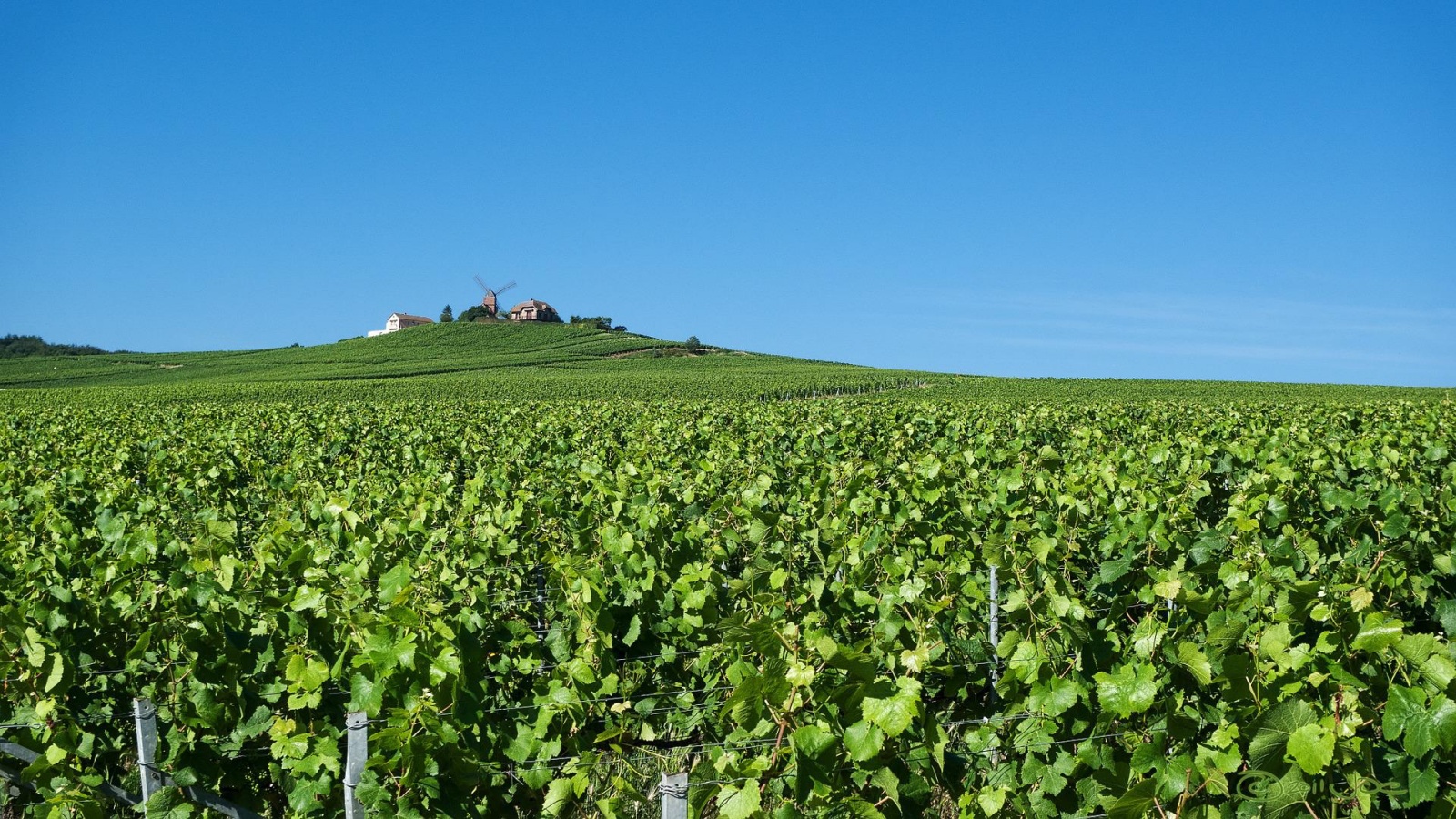
Champagne’s northern territory near the bordering regions of Belgium and Luxembourg has chalky soils that contribute to creating its famous sparkling wine. The Pinot Noir, Chardonnay and Pinot Meunier grapes used by vineyard workers undergo a second fermentation inside the bottle to create their distinct taste.
Often served during significant events and milestones, Champagne is a prestigious sparkling wine variant that tops our list. It has a high carbon dioxide content that creates a celebratory fizz when opened. It can be pretty expensive because of the amount of labour that goes into its production.
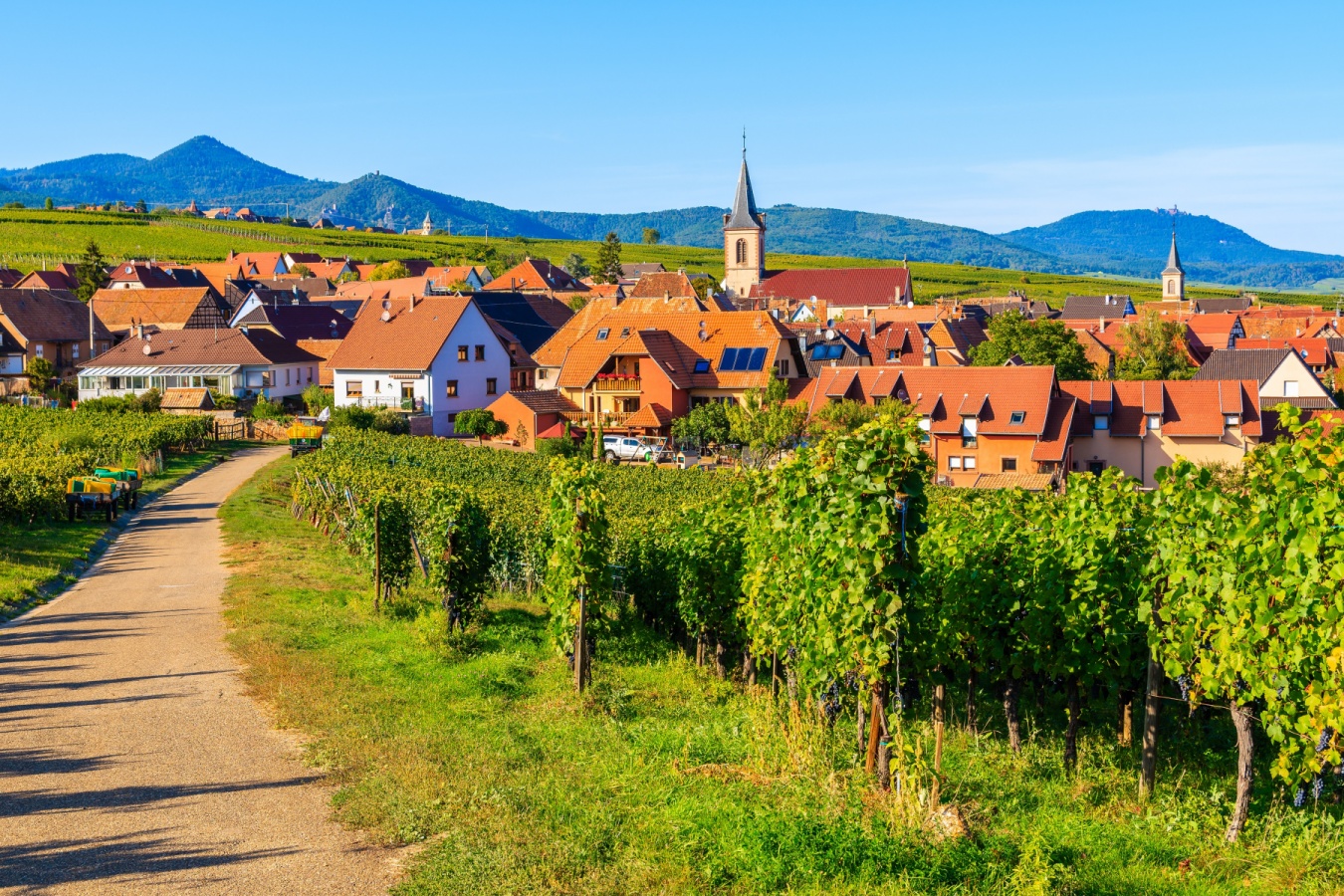
Situated in the foothills of the Rhine Valley that borders Germany and Switzerland, the eastern Alsace region produces fruity white wine due to its dry climate and ample sunlight.
Wines from Alsace are named after the grapes used instead of their place of origin, such as Riesling, Pinot Gris and Gewürztraminer. Riesling has a smoky aroma, while Gewürztraminer has an aromatic smell of lychee and rose water. Pinot Gris has a distinct taste that’s a mixture of apricot, honey and lime.
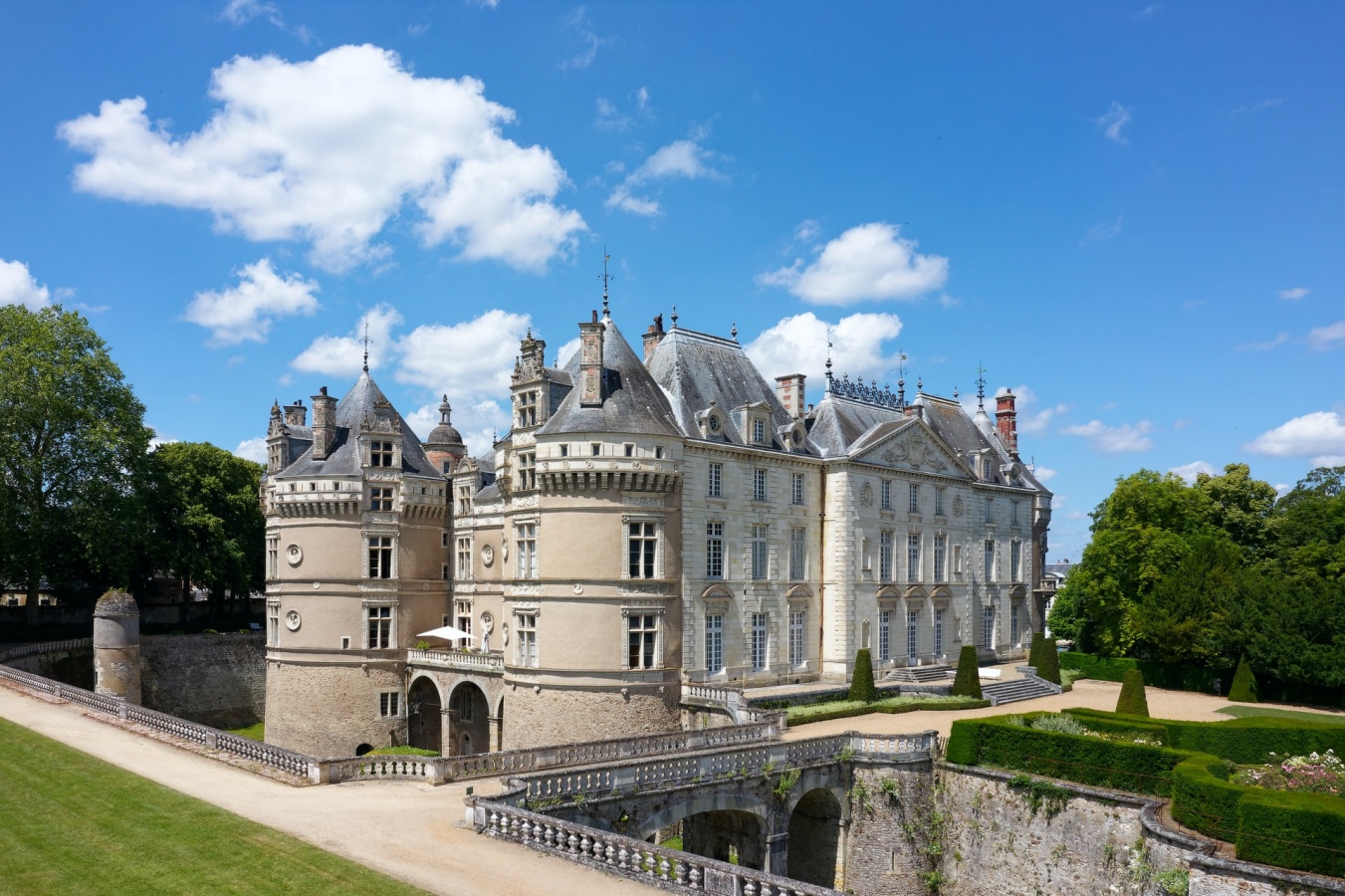
The Loire Valley is a UNESCO World Heritage Site with its quaint chateaux, romantic castles and magnificent landscapes. This northwest region is also known for producing some of the country’s finest wines along the eponymous Loire River.
The Loire Valley is a wine lover’s paradise with its diverse wineries and vineyards found in its four different sub-regions. For example, the Upper Loire has citrus-flavoured Sauvignon Blanc and Sancerre, while Touraine manufactures spicy Cabernet Franc reds.
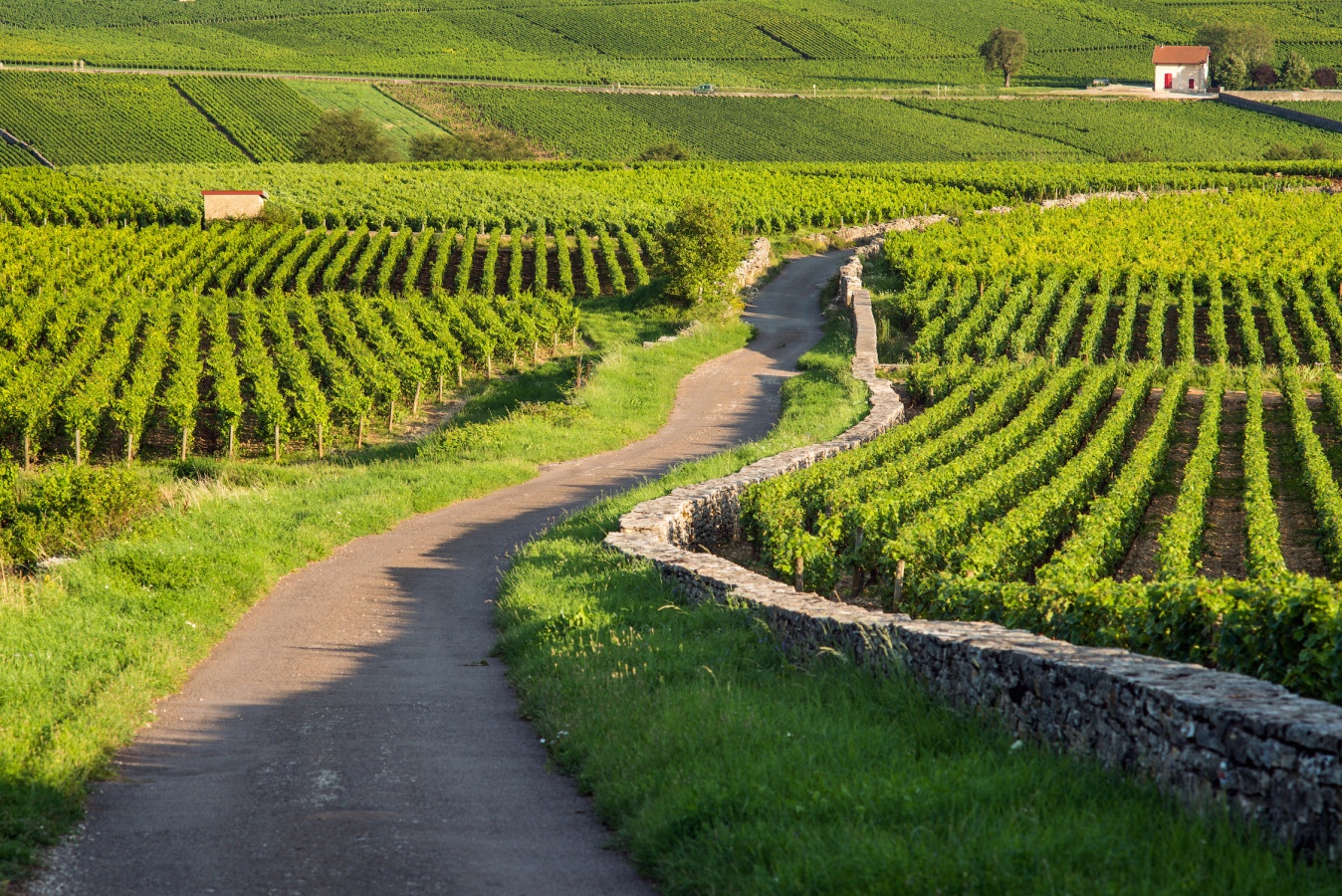
Burgundy is located in the eastern regions of France, particularly along the gastronomic hubs of Dijon and Lyon. It has the most significant number of appellations. The wine produced here undergoes a complex production process originating from a centuries-old tradition.
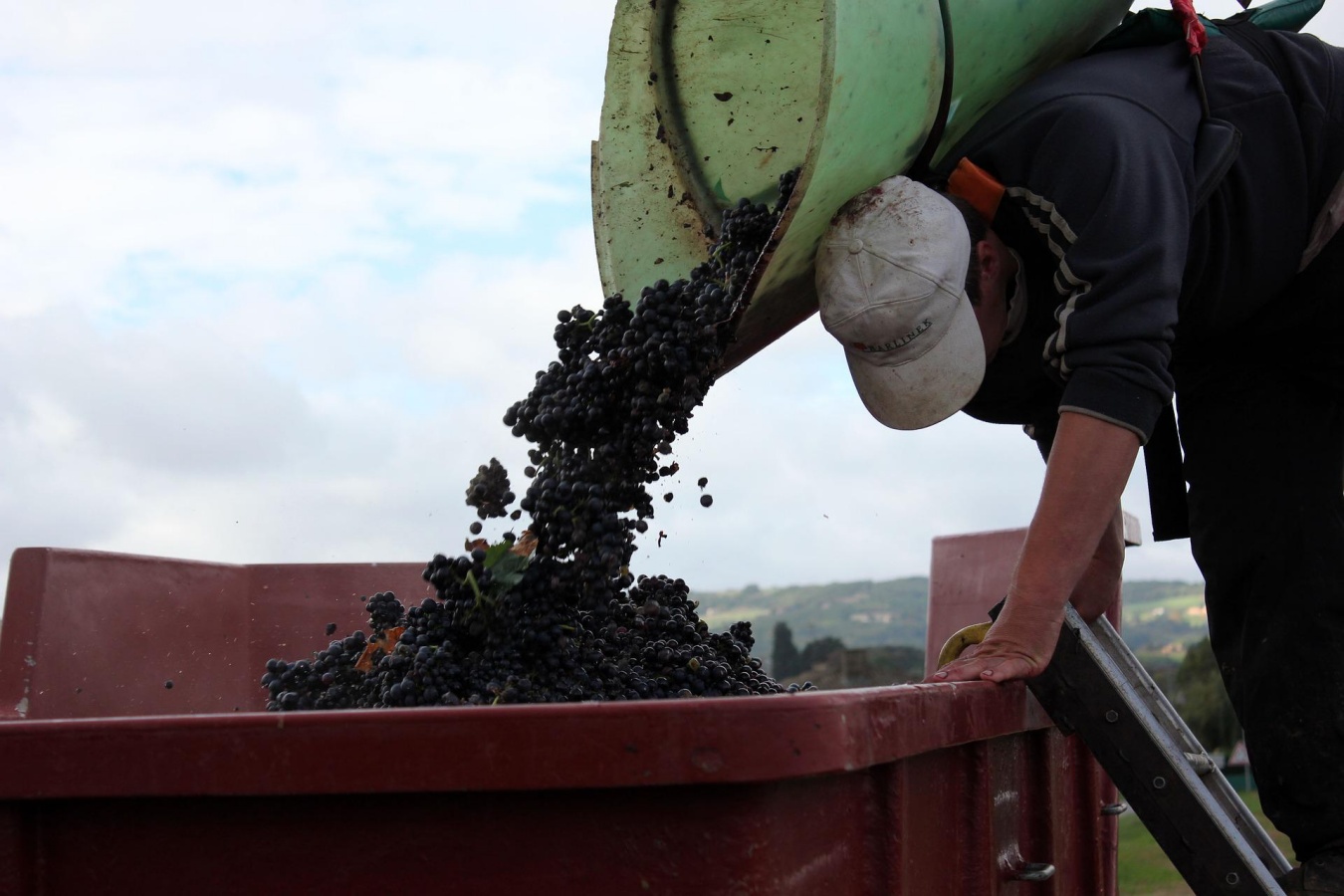
While Beaujolais is technically a part of Burgundy, it is considered a separate region because of its almost exclusive production of Gamay grapes. These grapes undergo fermentation for just a few weeks before being bottled and sold. Beaujolais is also home to ten cru vineyards among its other wine estates.
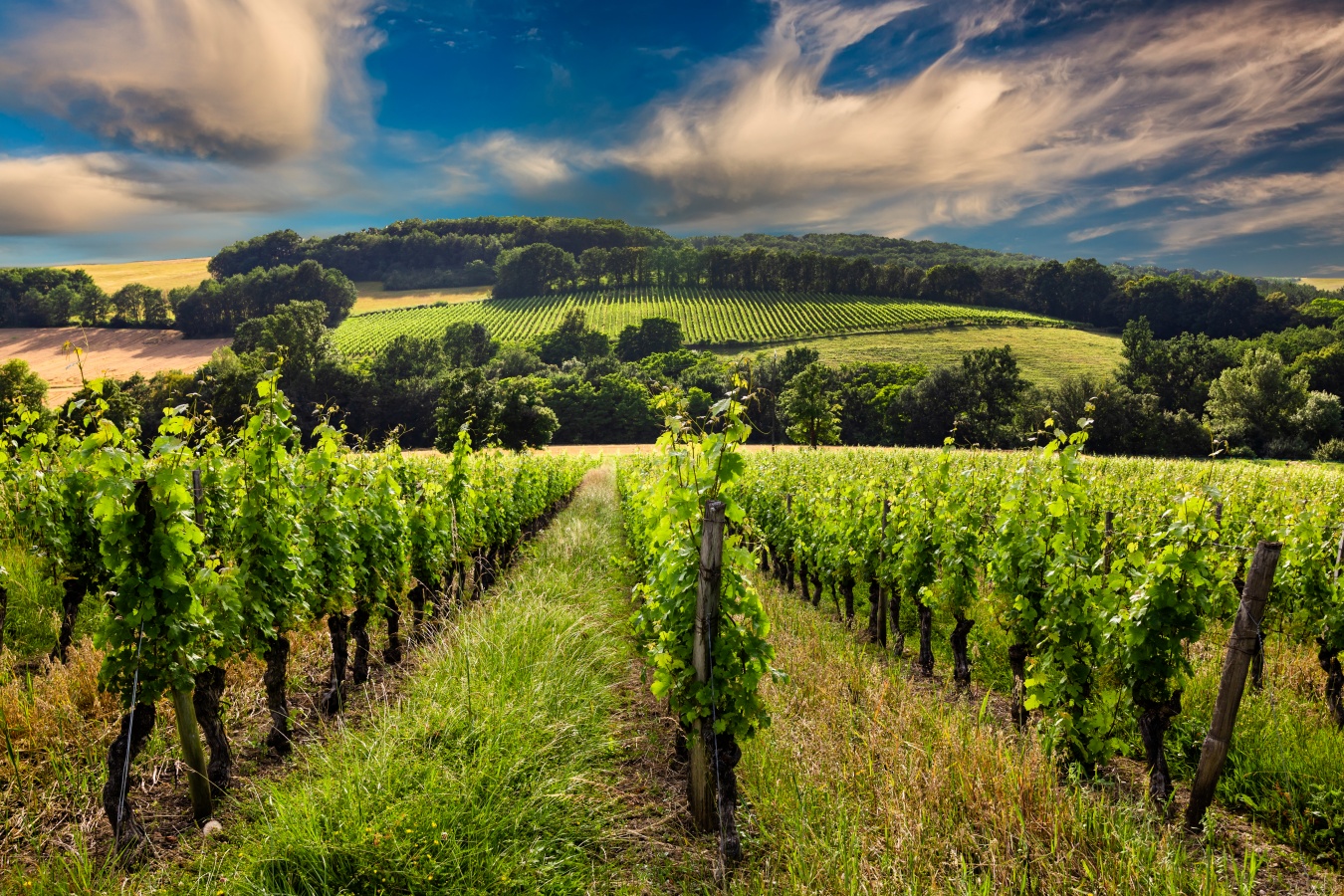
Bordeaux is one of the world’s most famous wine regions and boasts many lush vineyards. This region is one of the three fundamental pillars of French viticulture, along with Champagne and Burgundy.
Bordeaux produces the world’s finest wines made from grape varieties, such as merlot and cabernet. The wines can have a tart fruit or sweeter ripe fruit taste, depending on their vintage or year harvested, quality and place of origin.
The wines in this region are divided between left and right banks. The former has bold flavours of mint, tobacco and blackcurrant, while the latter has a more distinct taste of mint and black cherry.
The Rhône Valley is the second-largest wine region in France, with its 14 different wine routes. The northern and southern Rhône valley areas have different climates and grape varieties.
The Northern Rhône has a cooler climate and granite soils. It is famous for producing Syrah-based red and white wines with notes of green herbs, plum and black olive. Meanwhile, Southern Rhône has a much bigger land area. The varying terrain in this area experiences the Mediterranean climate differently, contributing to its grenache syrah mourvèdre blends. The flavour profiles of the wine produced here have a more lavender or raspberry taste.
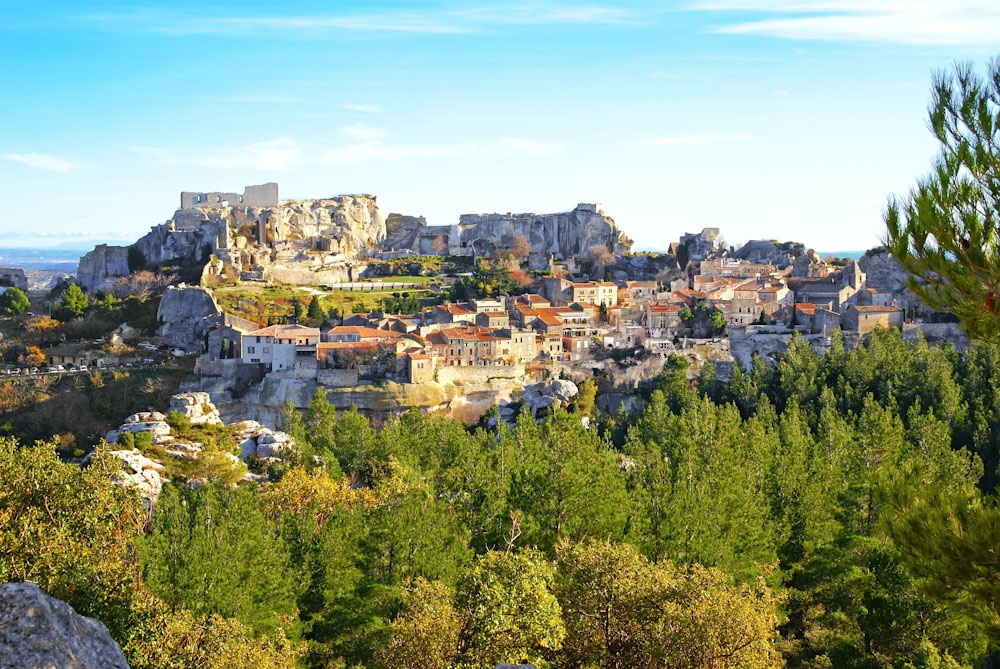
Are you looking for authentic and fresh Rosê wine? Then book a trip to Provence, one of France’s warmest wine regions. More than half of its wine production is dedicated to Rosé. This region shares a similar climate, grape variation and wine styles with Southern Rhône. Provence has eight major wine titles, with Bandol as its flagship appellation.
Discover diverse grape vineyards and wineries in the lesser-known region of South West or Sud-Ouest. While it is as popular internationally, South West is a remarkable place to find undiscovered appellations and bottles using little-known grapes of France.
Many bottles produced in the South West are similar to Bordeaux’s but without the hefty price tag. Vineyard workers add unique grapes into their mix to bring personality to their products.

Languedoc-Roussillon is the largest wine-producing region in France since it contributes to almost a third of the wine exports of the country. Production is more focused on the number of bottles, resulting in affordable prices for bulk orders. However, there are still some notable wines worth tasting.
Most bottles blend flavours instead of using single grape varieties. For example, Languedoc-Roussillon red wines are more full-bodied and fruit-driven than other regions.
Here’s a fun fact: the world’s oldest sparkling wine and rumoured to be the inspiration for Champagne, Blanquette de Limoux, has roots that originated in Languedoc.
Although closer in proximity to Italy, Corsica is still part of France’s 26 regions. Despite being remote and surrounded by water, it still has a diverse portfolio of wine options for tourists and connoisseurs.
Corsica is also one of the very few places that produce Pinot Noir, Tempranillo and Barbarossa alongside each other.

Growing vineyards in Brittany has been nearly impossible for many centuries due to the strong Atlantic winds and lack of enough rain and sunlight. But locals soon adapted and eventually grew their own grapes. Brittany has two wine varieties: Muscadet and Gros Plant.
Explore the Many Wine Regions of France
While this list only covers 12 of the many winemaking regions in France, you will still come across many other vineyards across the country. You can book a French wine country tour to learn more about the grapes of France. While some places are no longer official wine-growing regions, such as Picardy and Normandy, you can still get to know more about the rich history and culture of wine in the country.
Introduction to wine is just the tip of the iceberg of France's many magnificent highlights and attractions. Choose from our France holiday packages to learn more about this beautiful country.
Last updated: December 12, 2023Some popular packages from France Holiday Packages and Travel Deals
Subscribe now for your chance to win
a $500 Travel Voucher
Be the first to hear about our new Holiday Packages
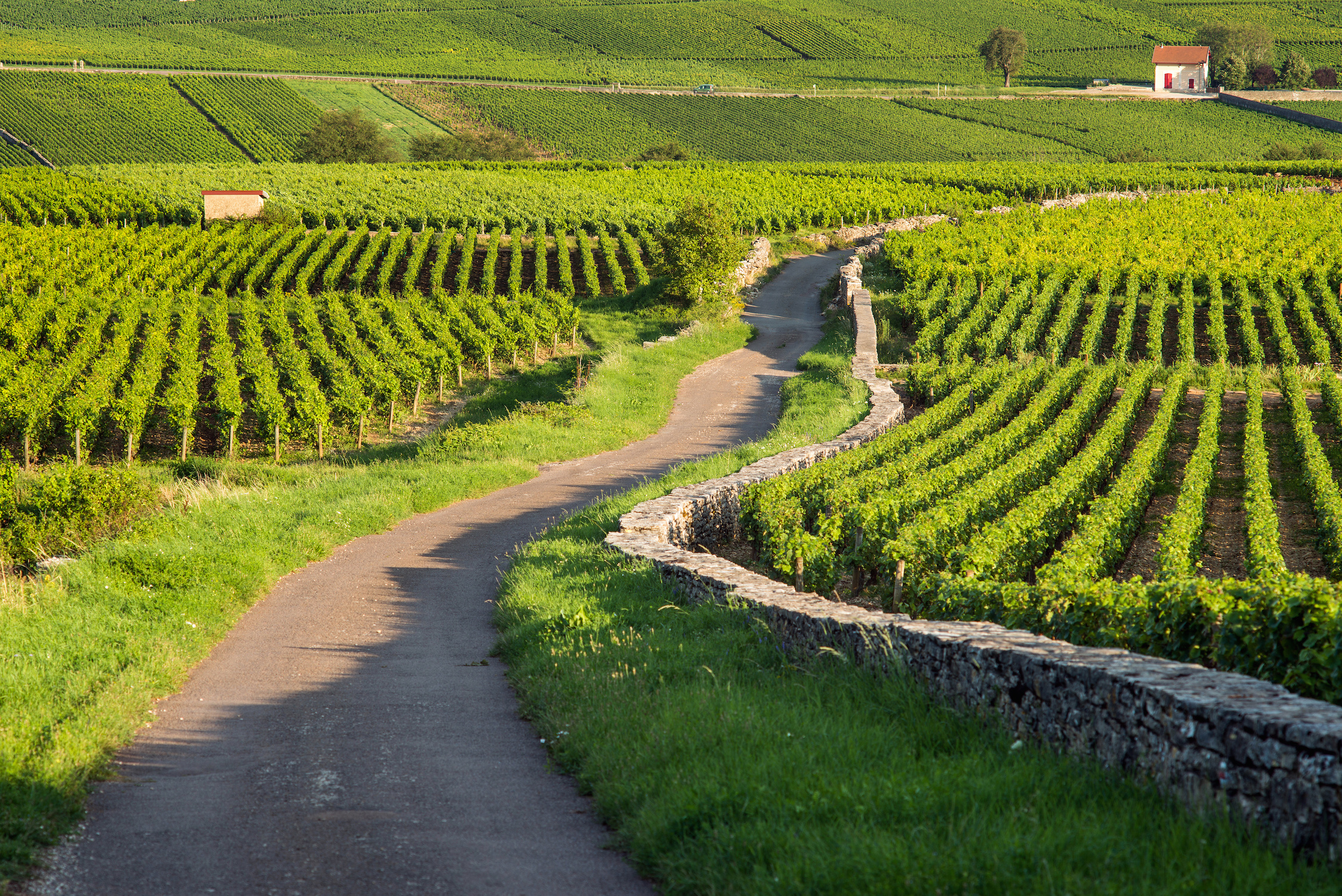











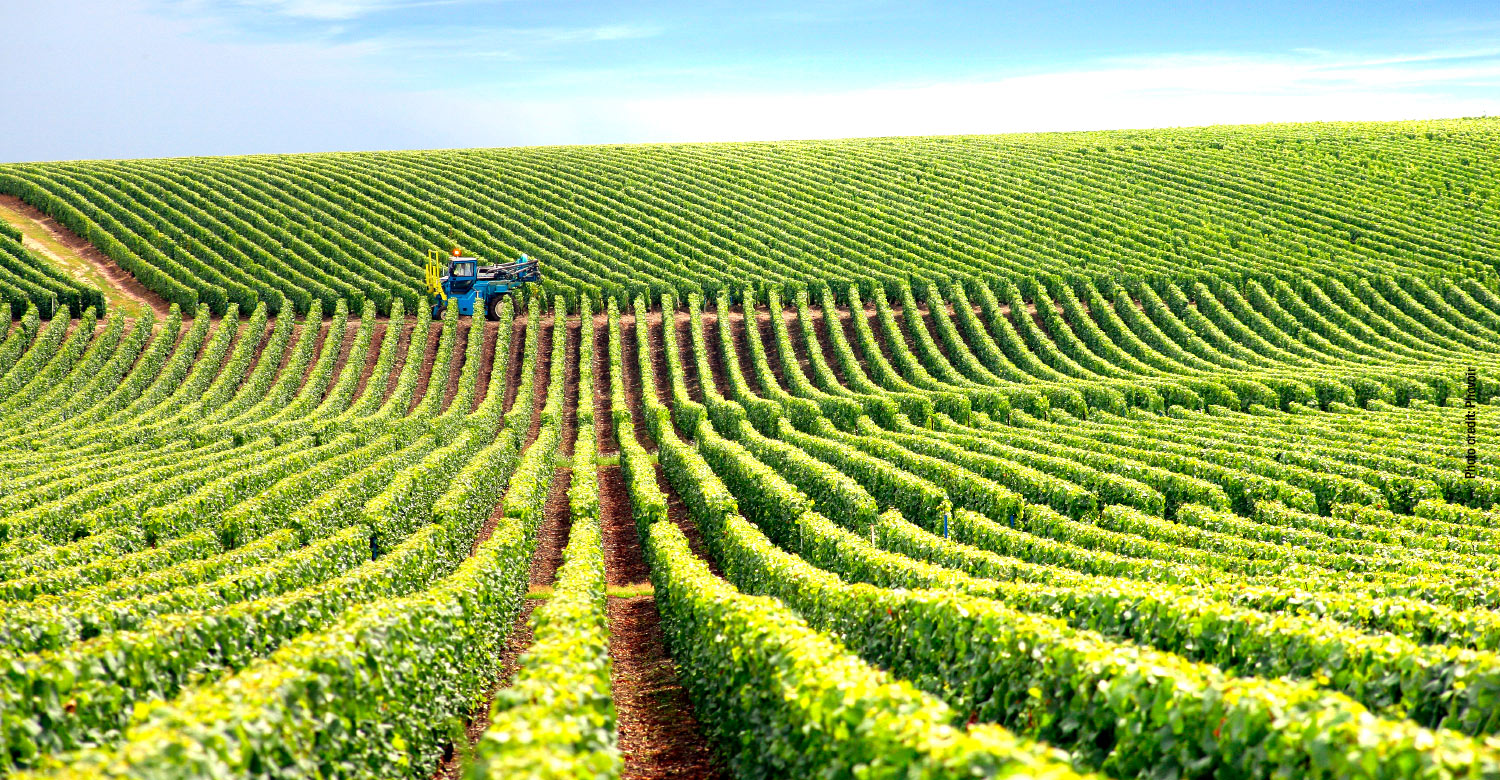

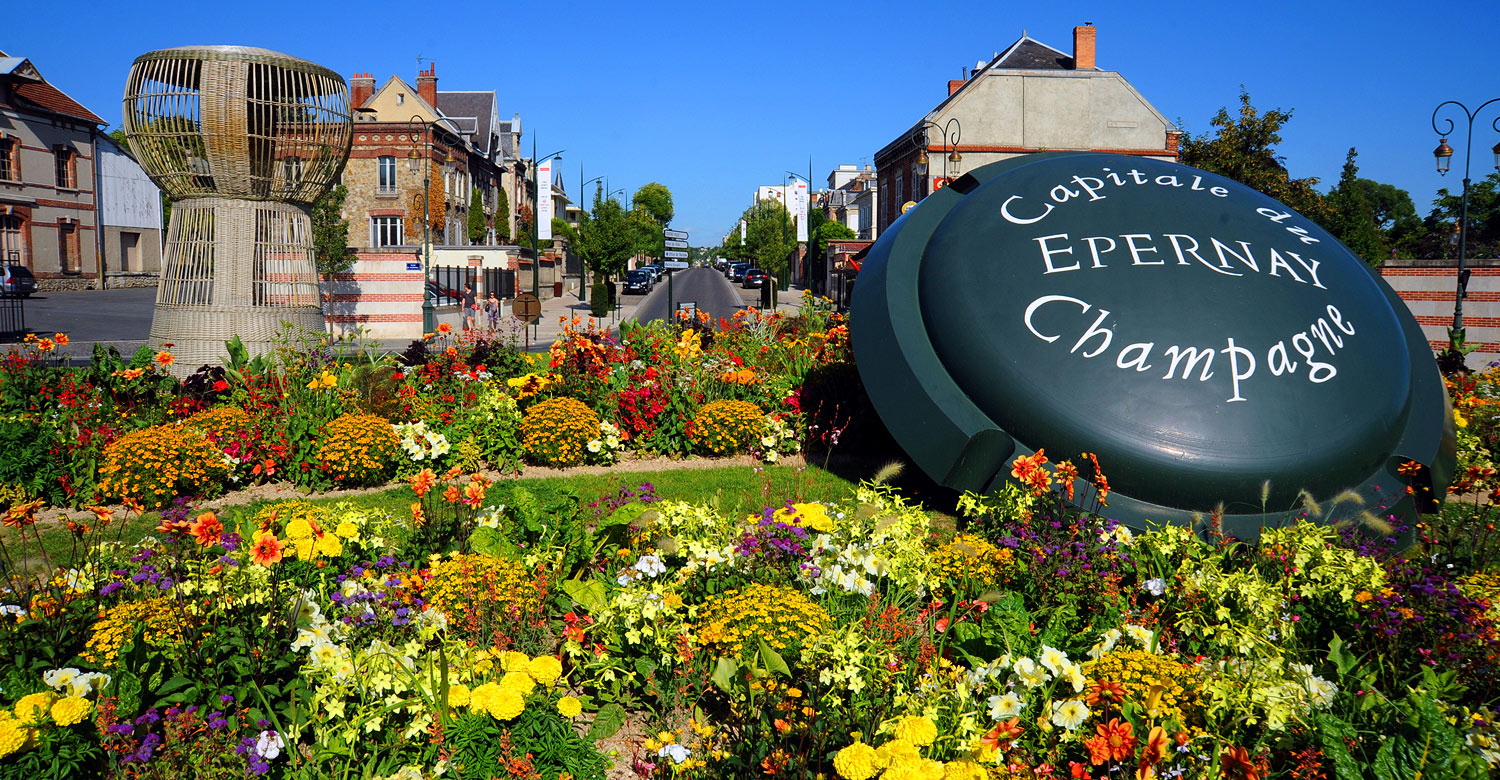

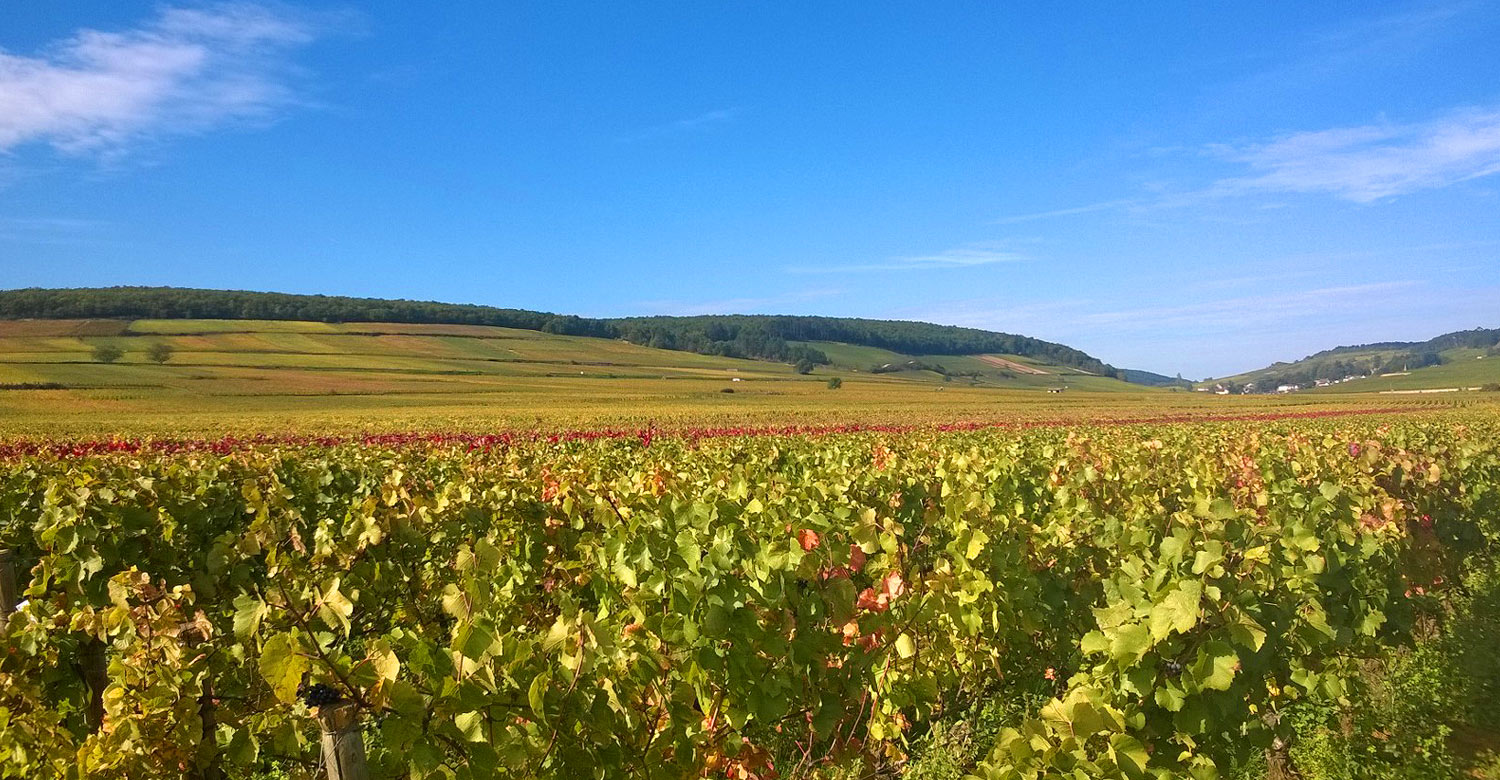
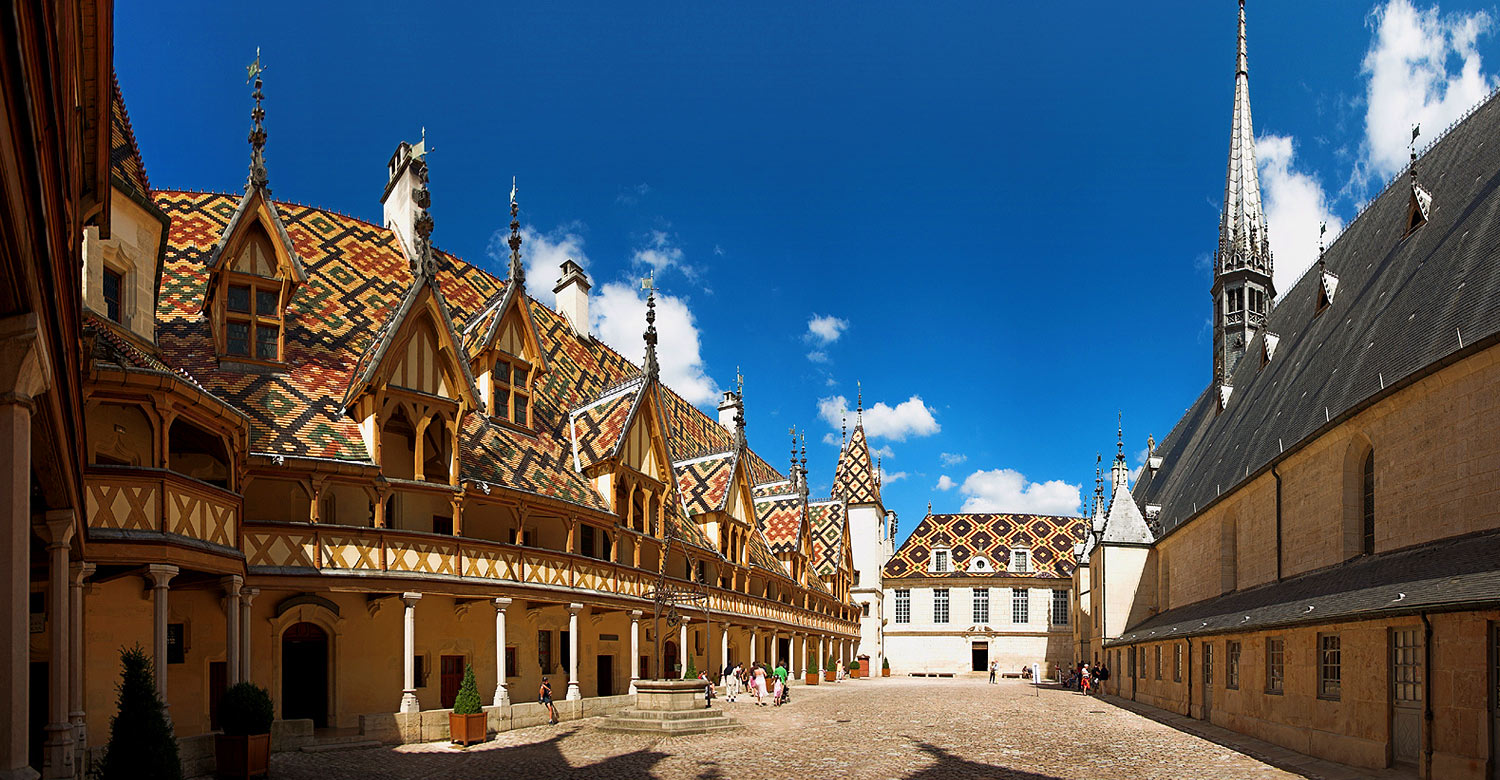



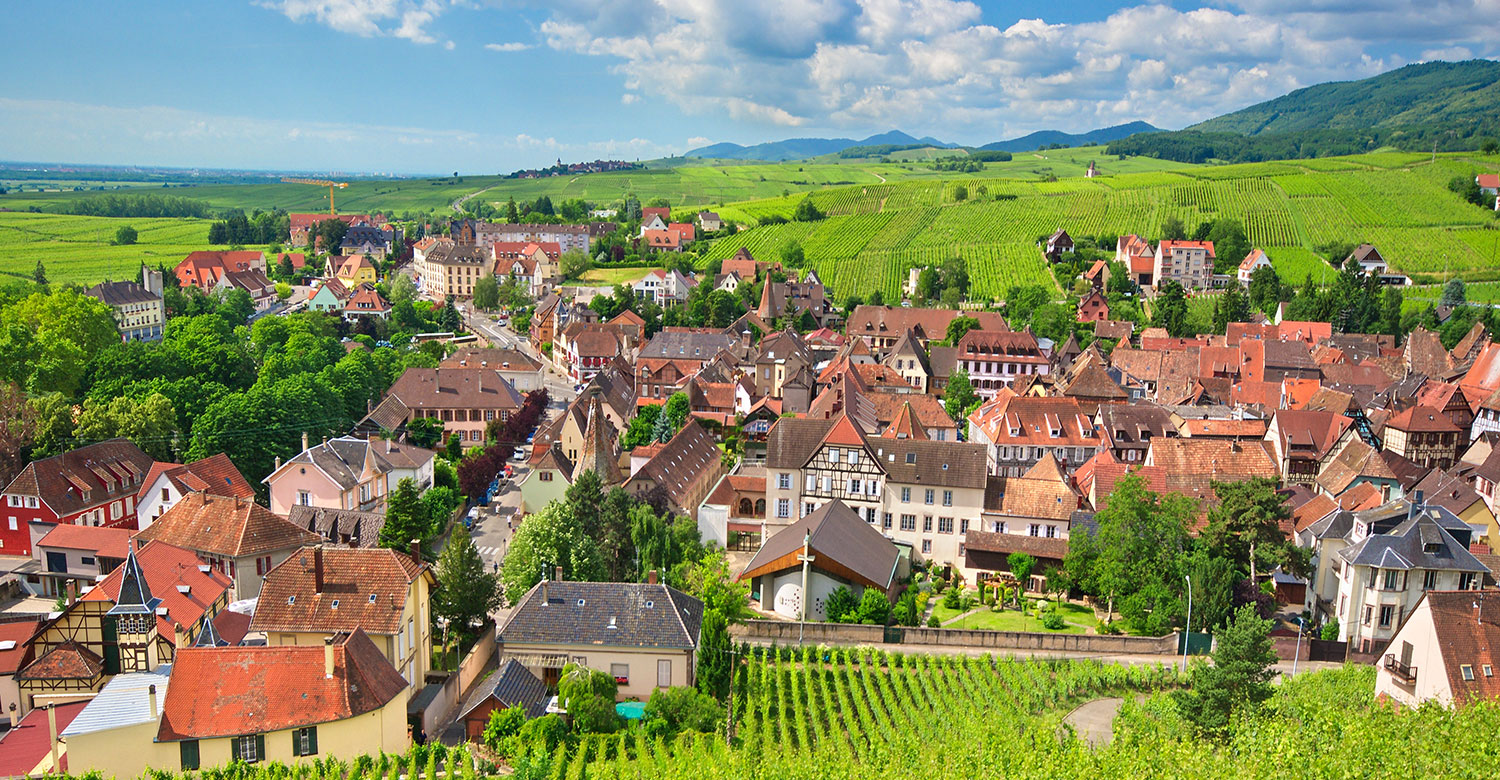_1500x780.jpg?auto=format)
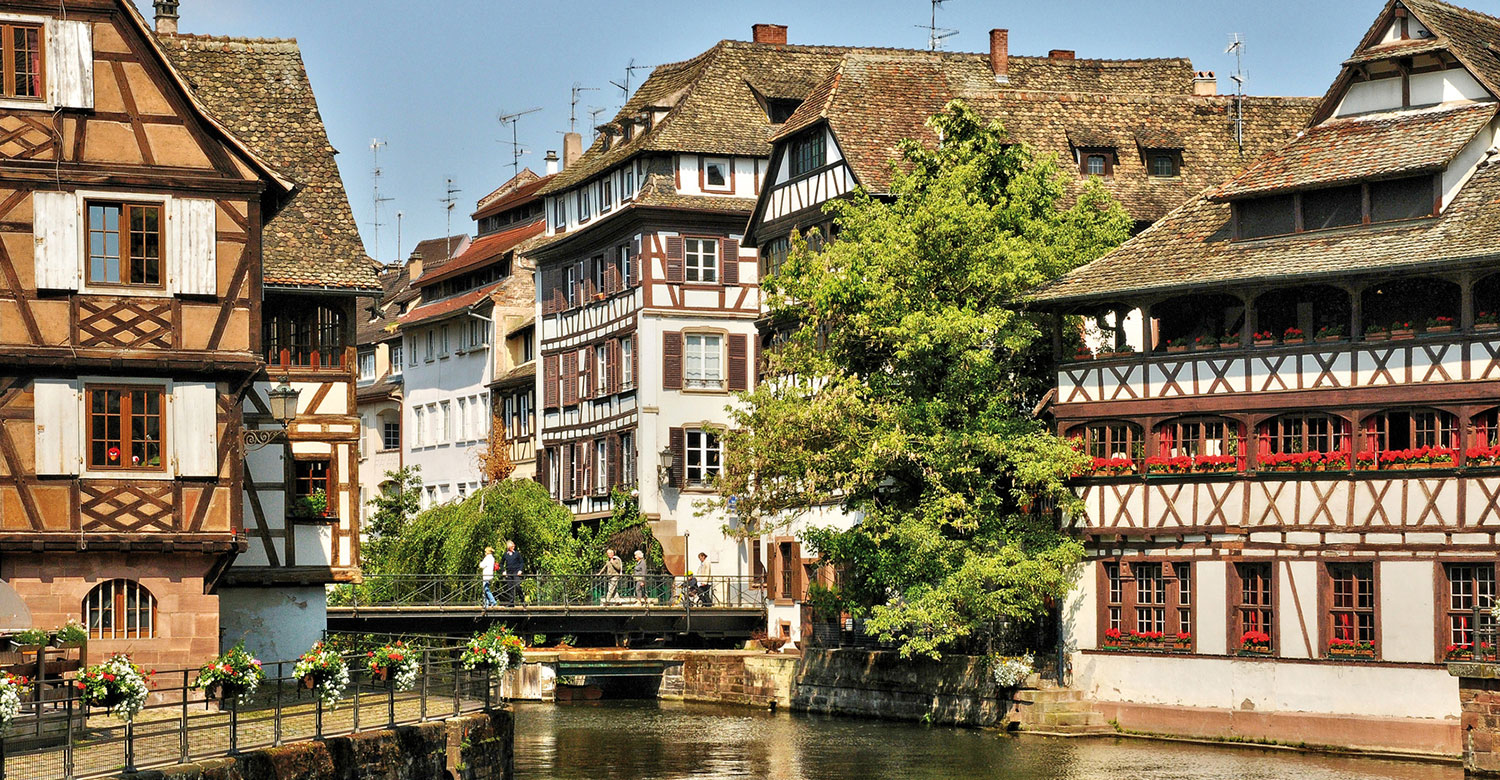_1500x780.jpg?auto=format)
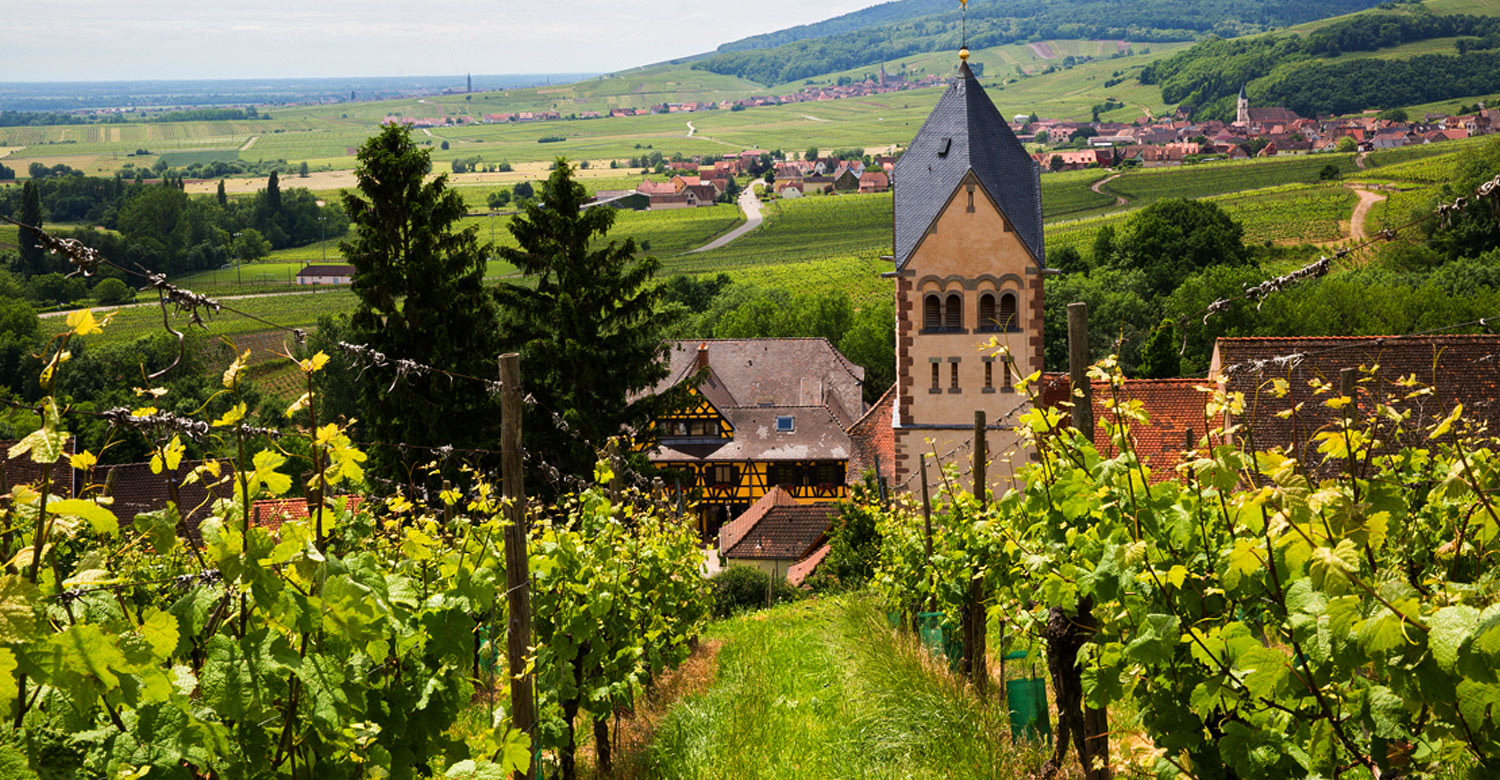

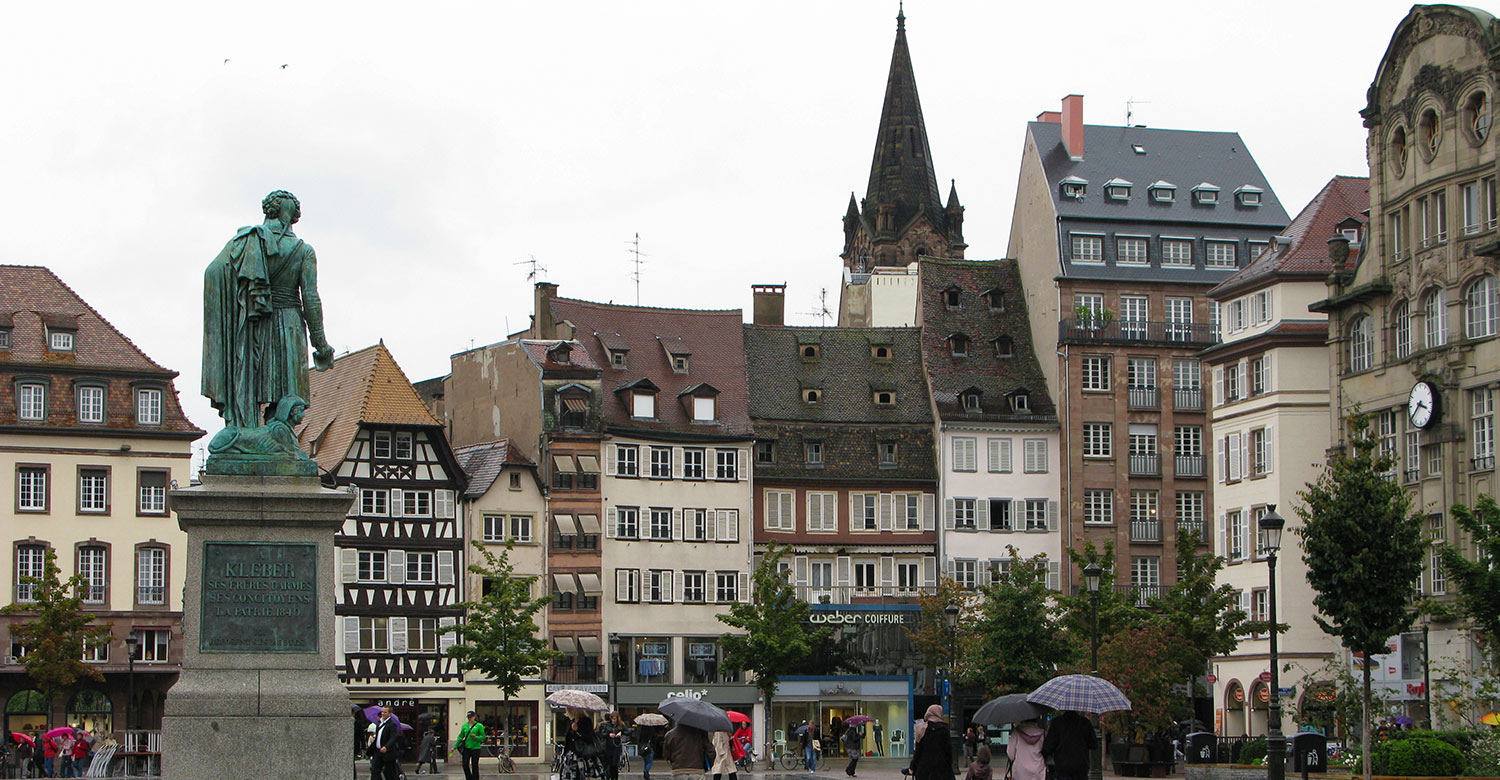
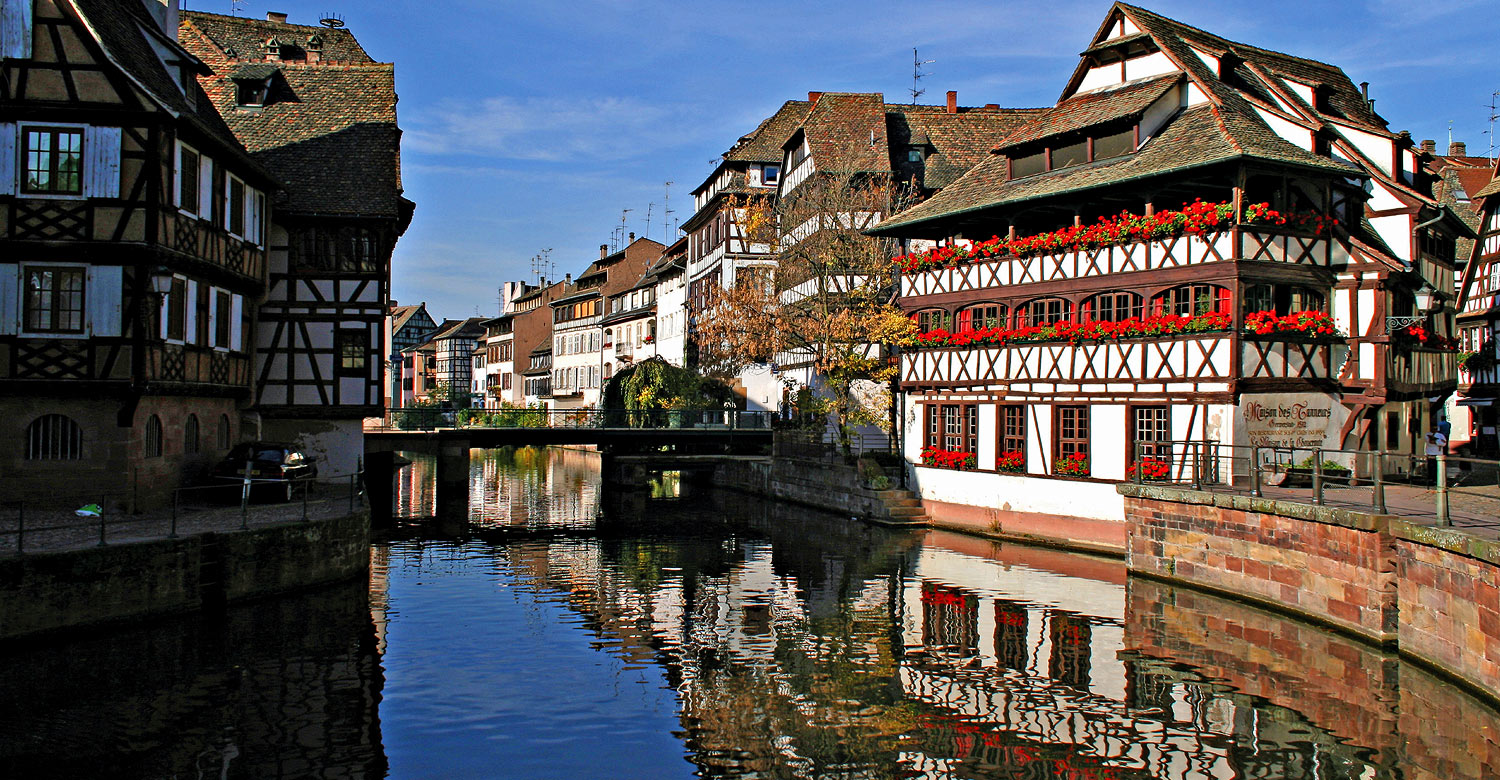

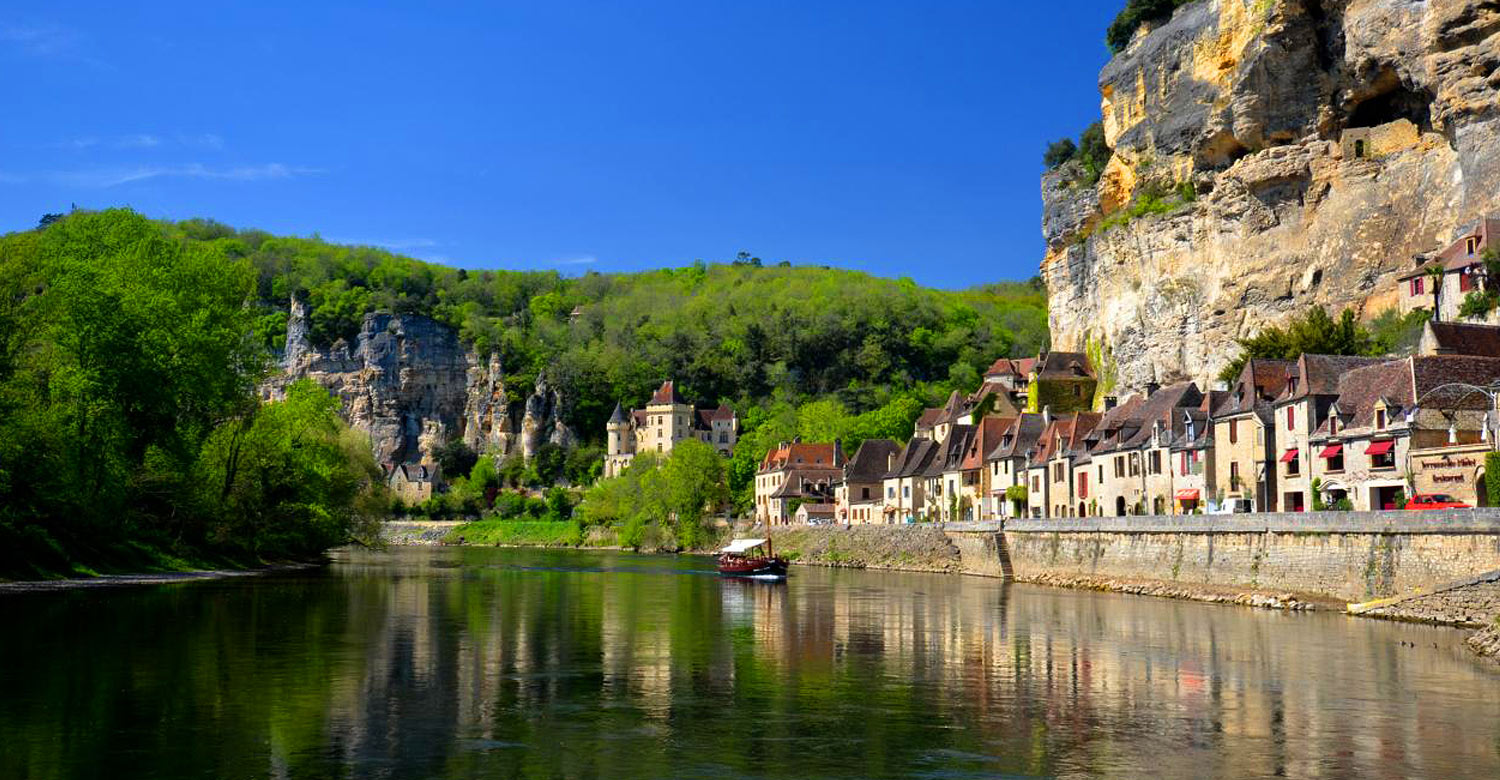
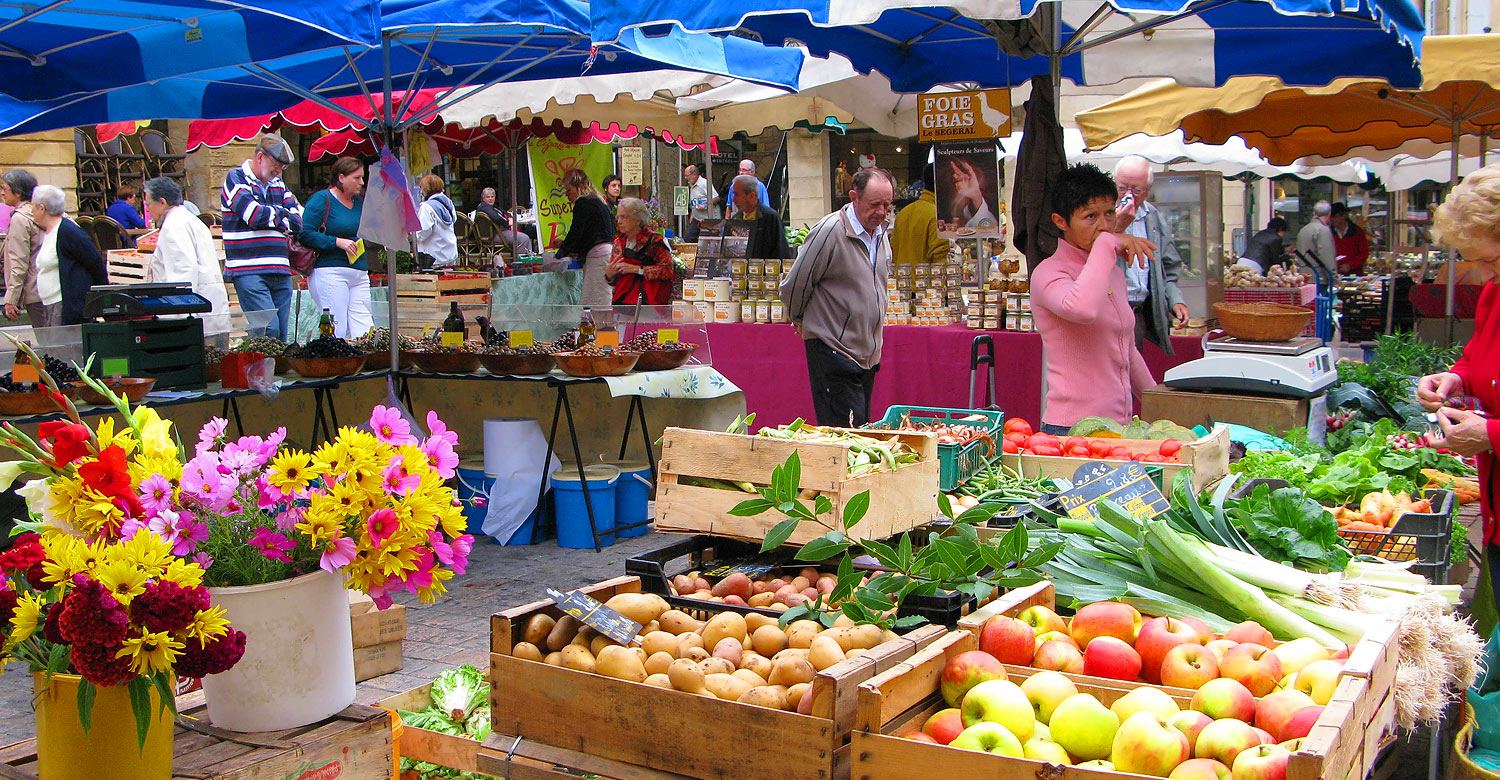
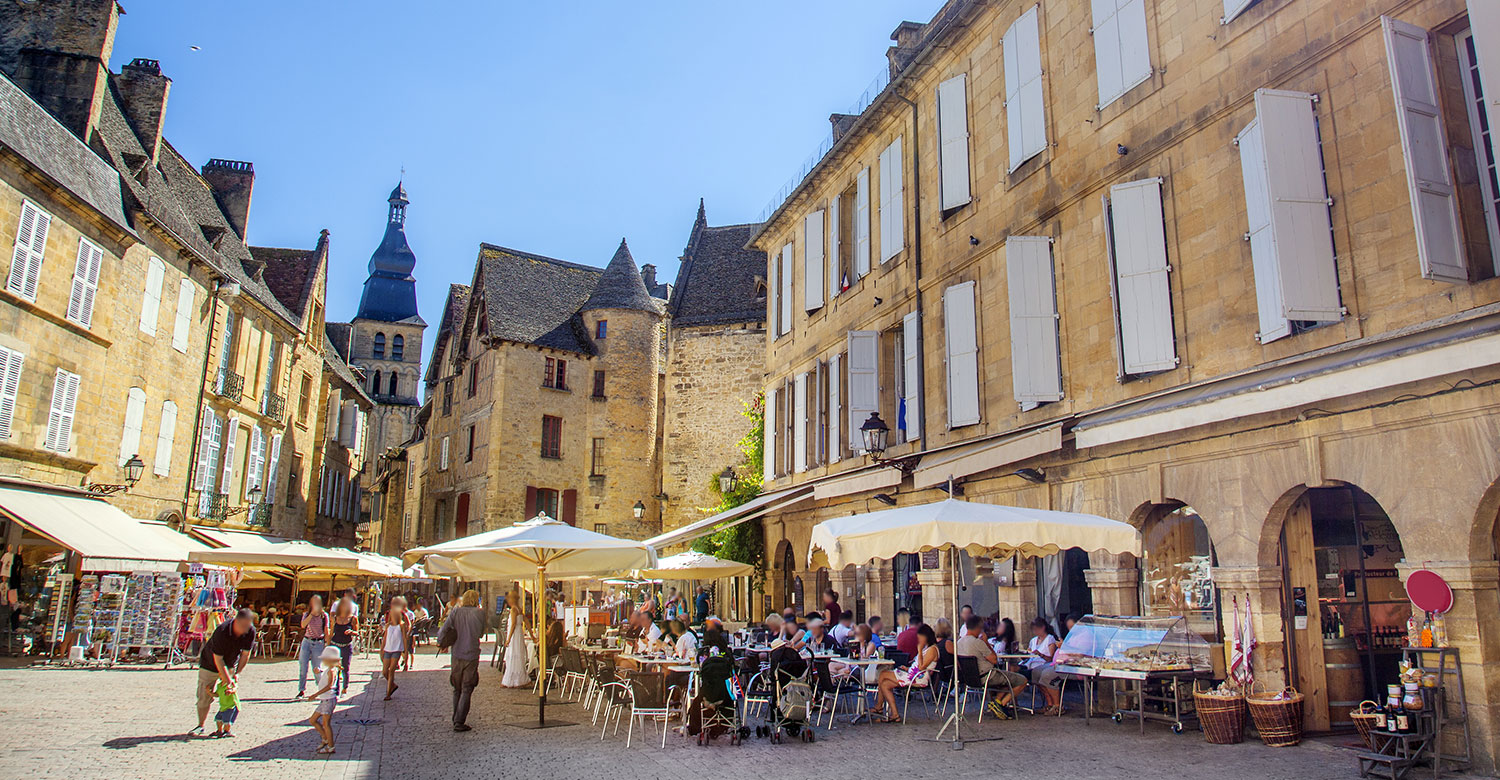_1500x780.jpg?auto=format)
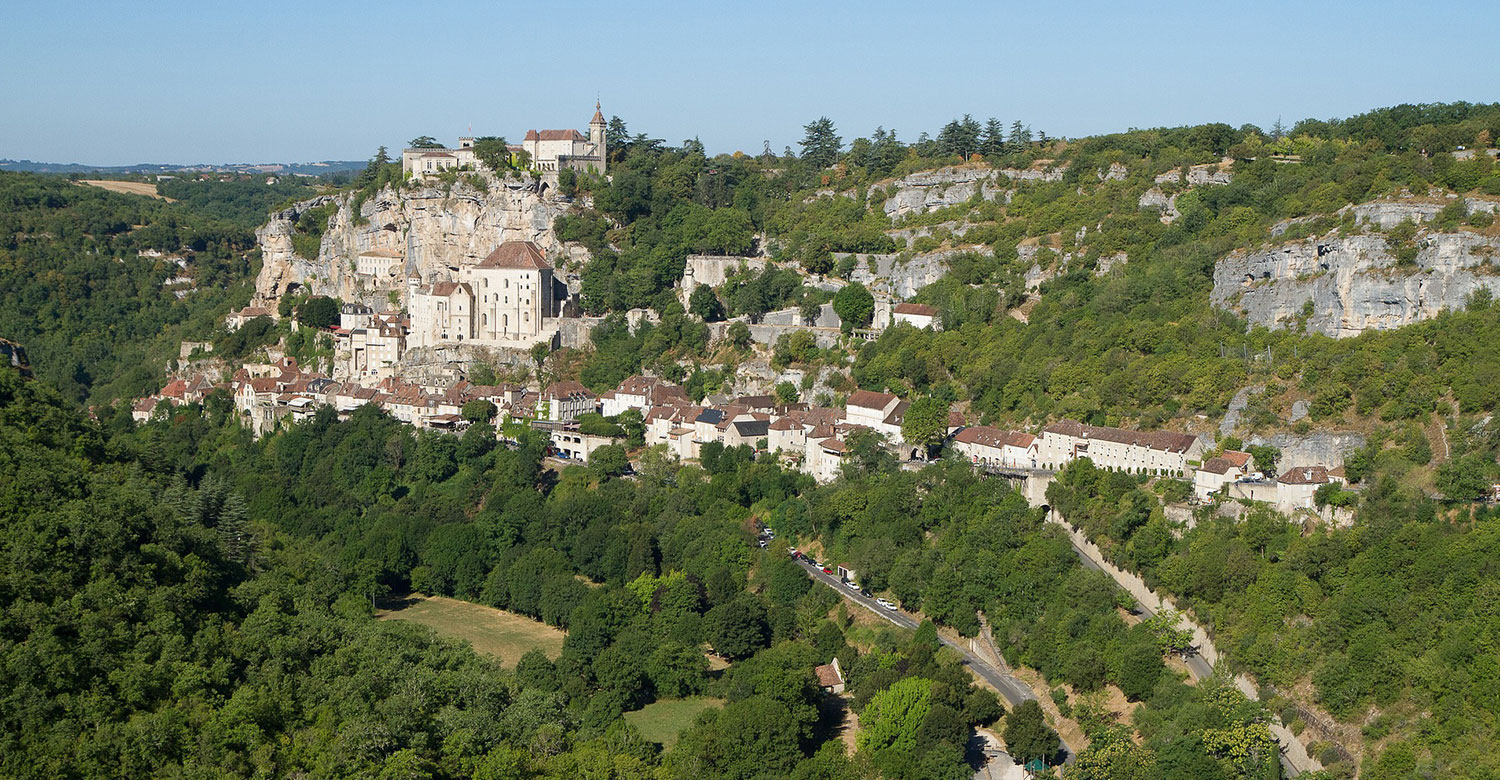
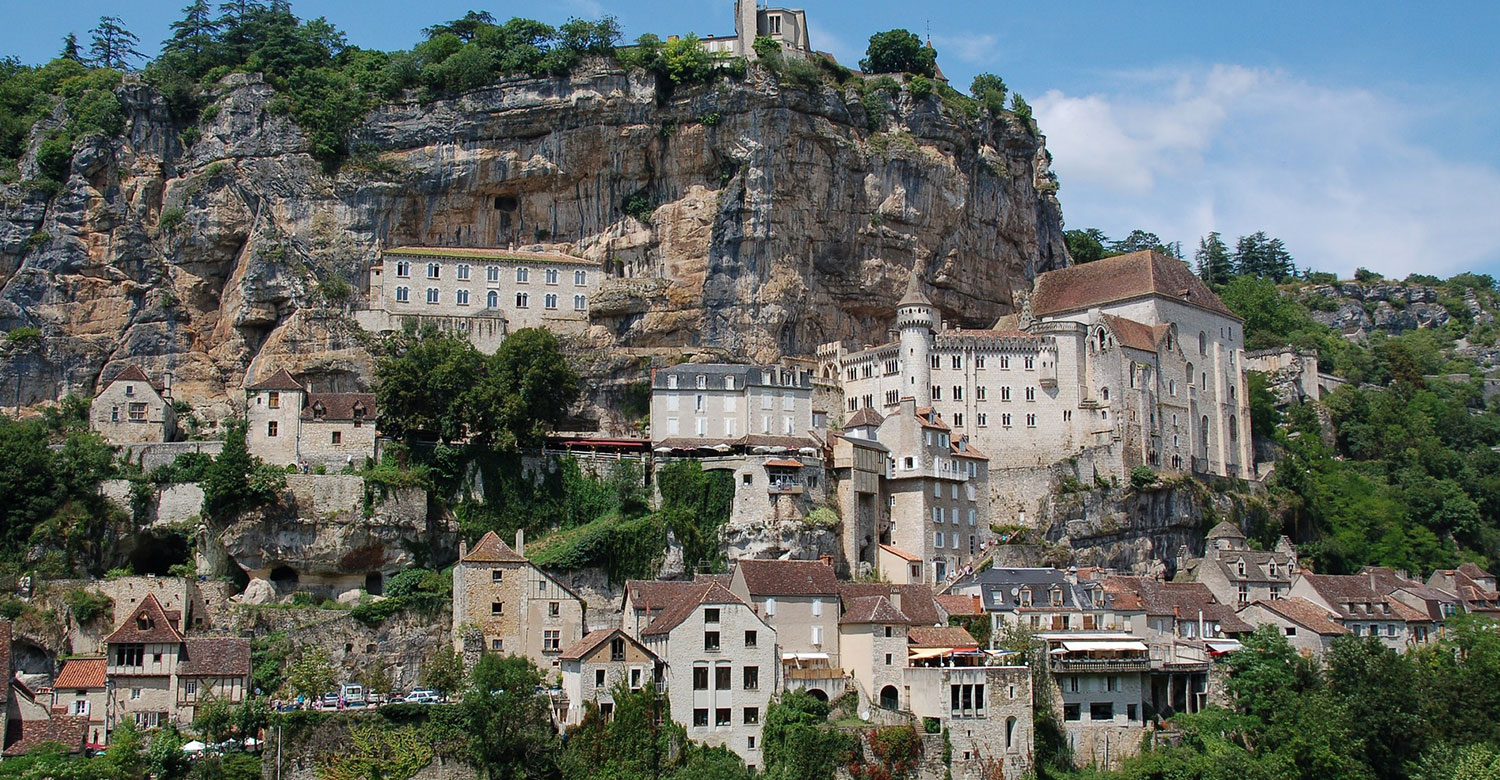
_1500x780.jpg?auto=format)
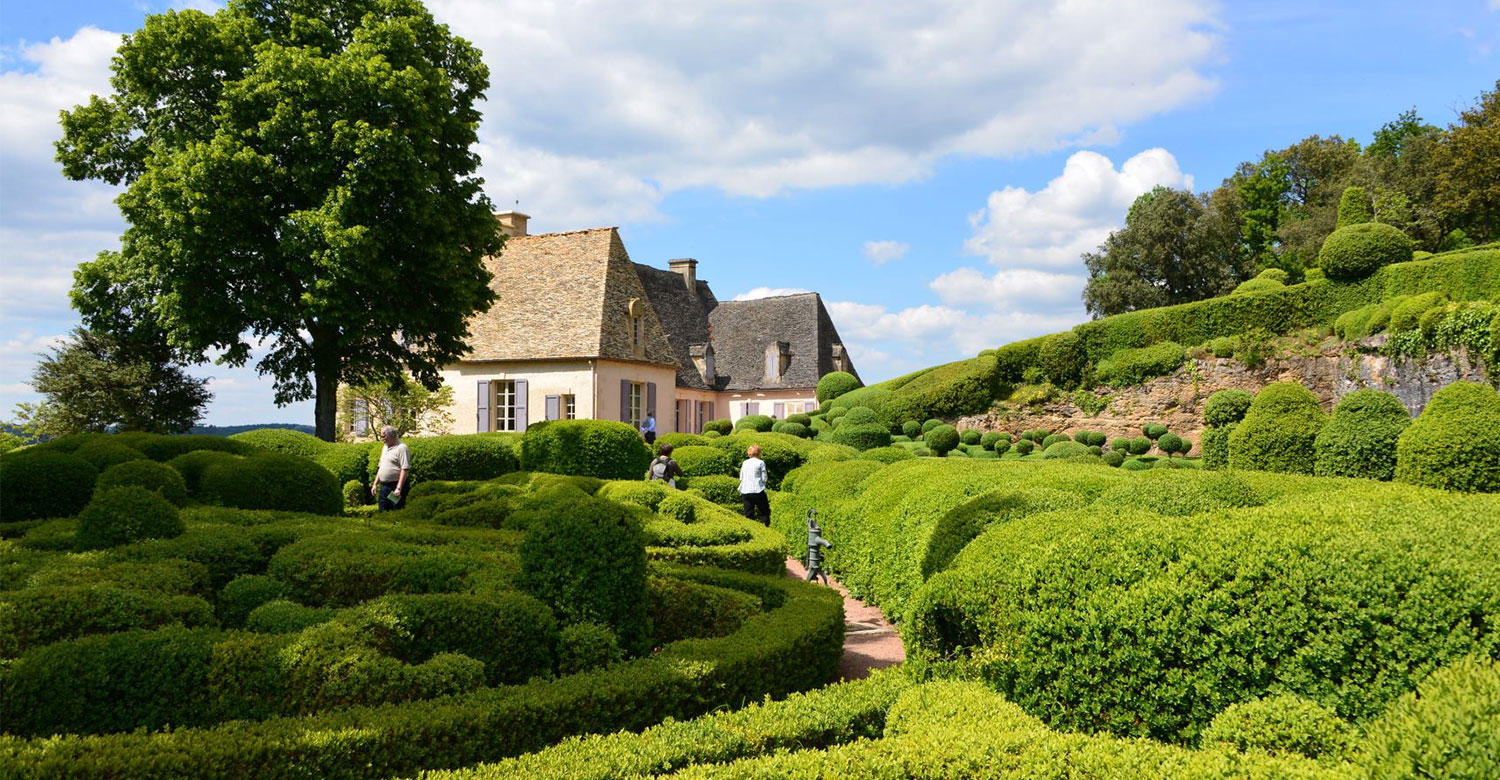_1500x780.jpg?auto=format)
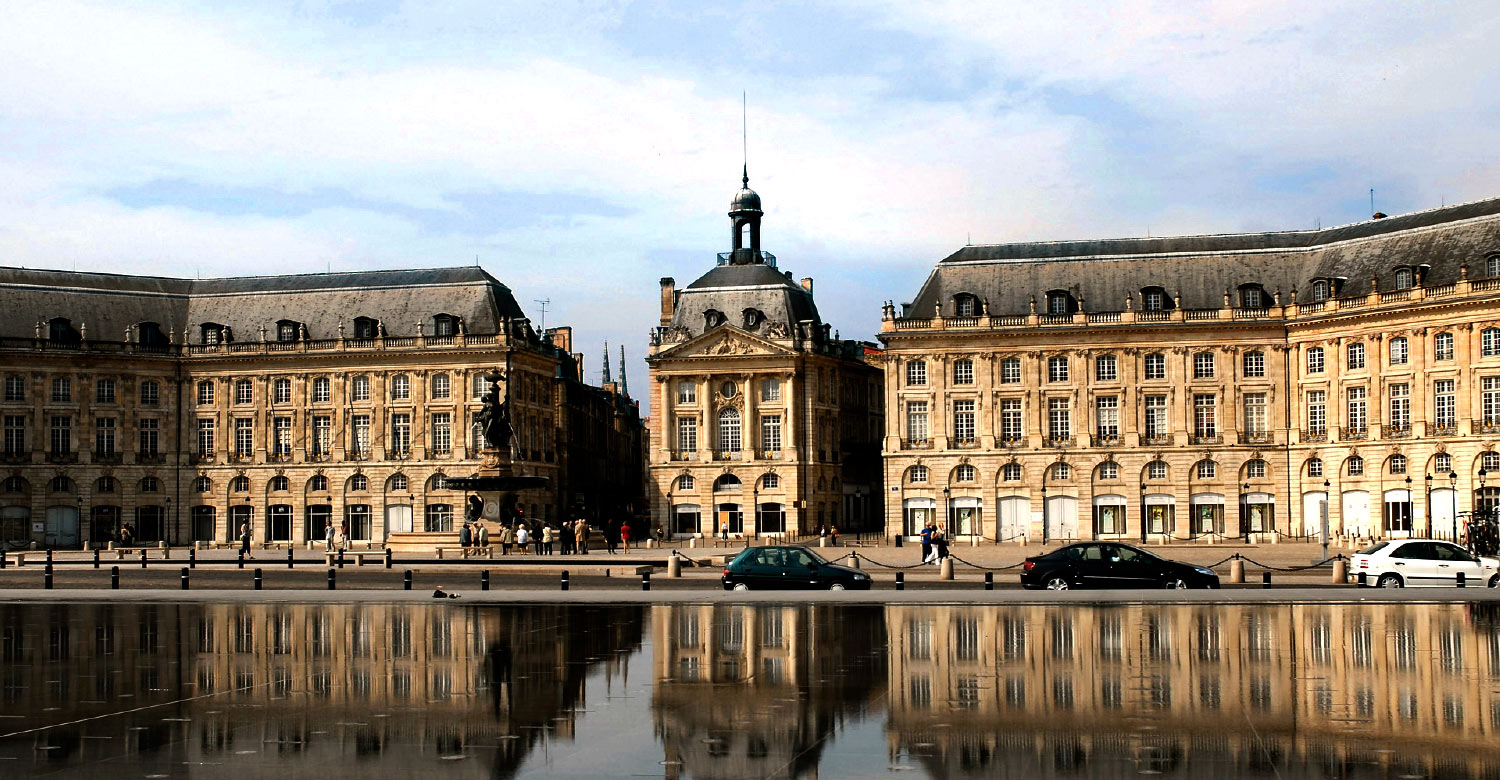
_1500x780.jpg?auto=format)
_1500x780.jpg?auto=format)

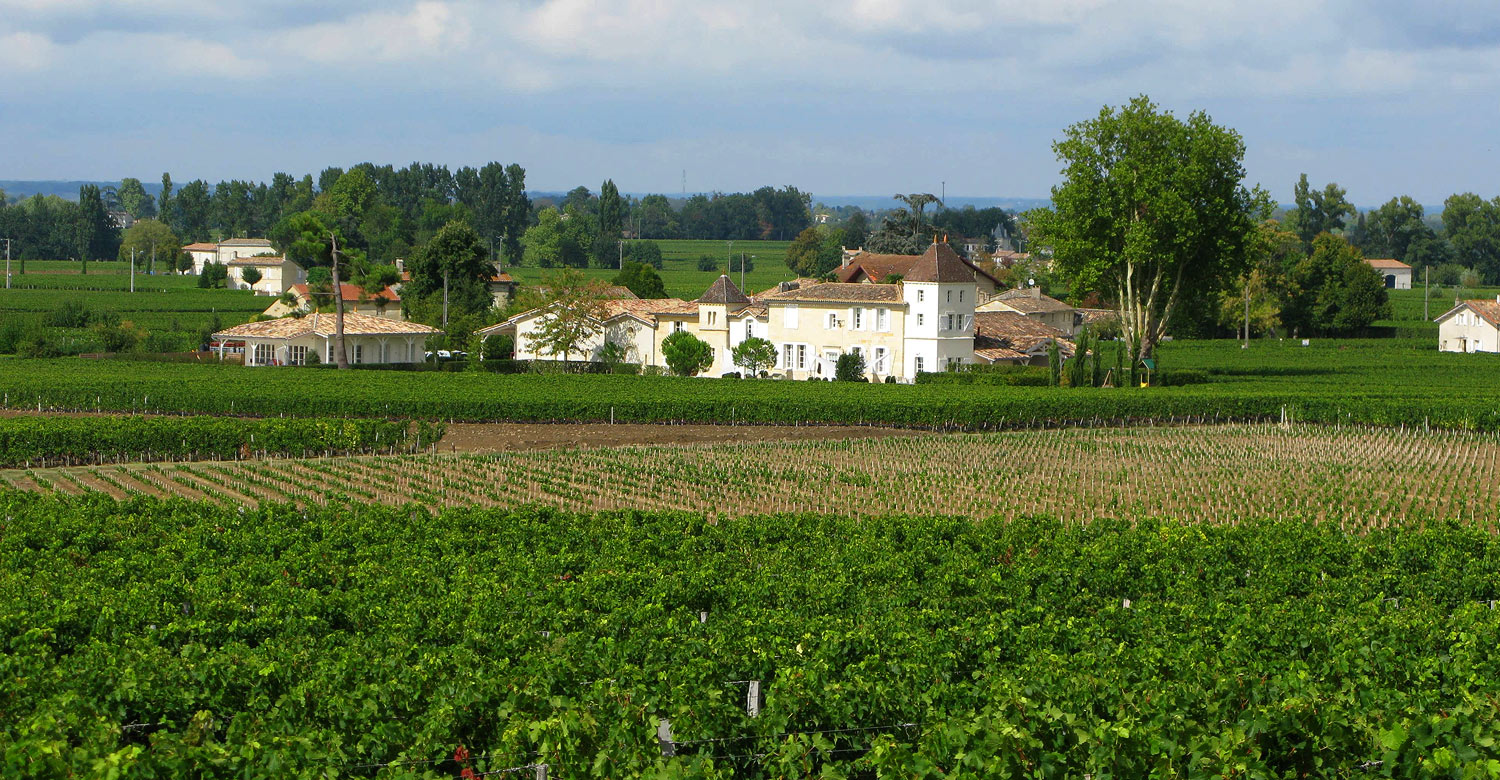
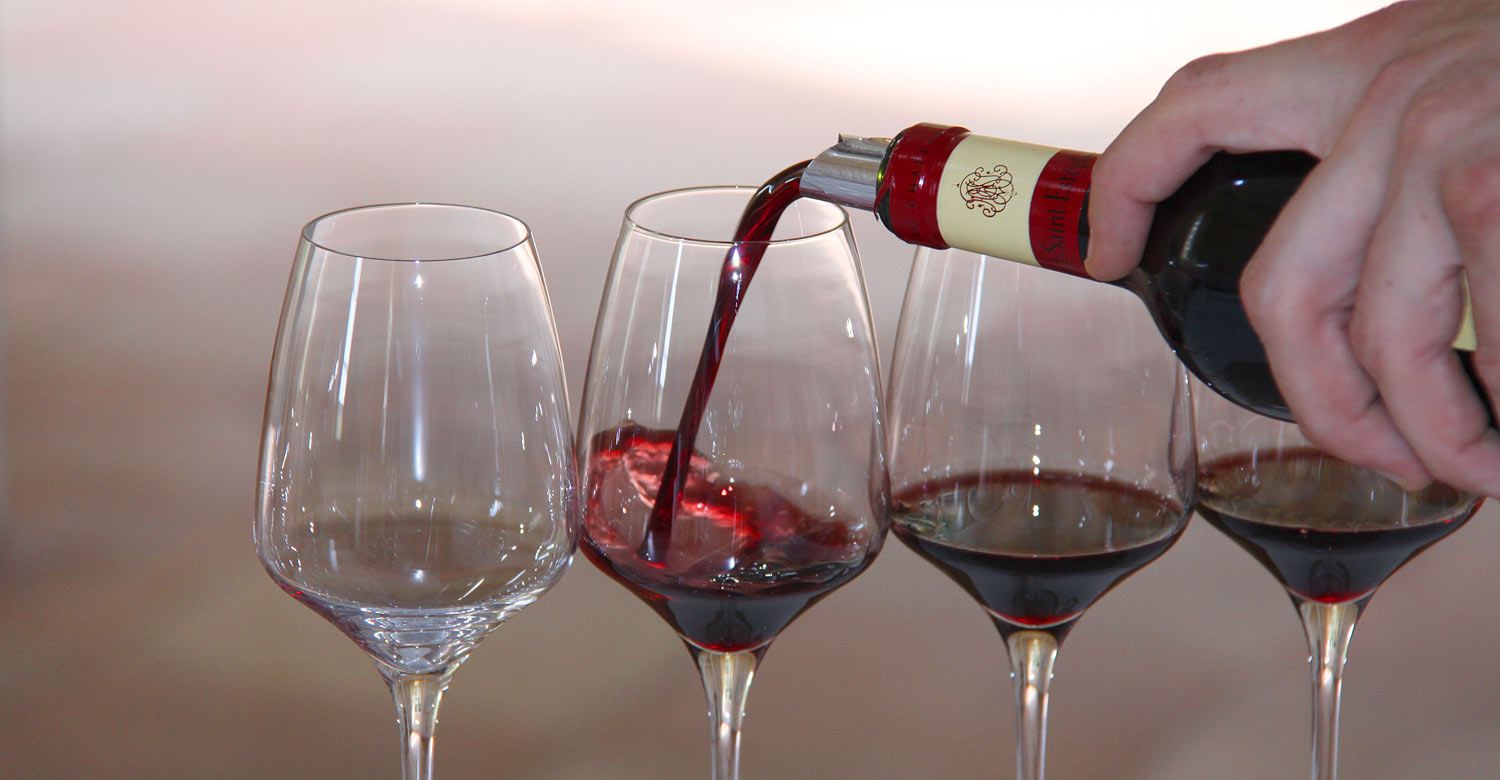
_1500x780.jpg?auto=format)






